Recently, as residential decor trends lean toward warm wood tones, wood bathroom vanities have surged in popularity within the home furnishings market, becoming the new favorite for many high-end and mid-range households. Whether embracing North American rustic charm, Asian-inspired new Chinese style, or even modern Japanese minimalism, the use of wood in bathrooms lends spaces both a warm, textured feel and natural aesthetic appeal.
However, the high humidity and moisture in bathroom environments mean that without proper care, newly installed wooden vanities are prone to “bathroom troubles” like warping, cracking, mold growth, and loss of luster. Consequently, the industry widely focuses on: how to employ scientific and effective methods to extend longevity and maintain aesthetics immediately after bathroom renovation and installation of wooden vanities? This industry news report centers on current products, technologies, market trends, and practical recommendations, striving for authenticity, depth, and actionability to provide valuable insights for both consumers and professionals.
Market Background: The Rising Trend of Wooden Bathroom Vanities
Driven by Design Trends
In recent years, designers increasingly favor incorporating “natural materials” into bathrooms to evoke warmth and tranquility. Wooden vanities effectively blend material texture with functionality, becoming pivotal elements that combine visual appeal with tactile quality in bathroom spaces.
Material selection has expanded beyond traditional oak and walnut to include teak and oak with superior waterproofing and anti-corrosion properties, as well as engineered wood treated with specialized moisture-resistant coatings.
Evolving Consumer Awareness
Consumers have progressed from prioritizing “functionality” and ‘aesthetics’ to valuing “durability,” “environmental sustainability,” and “health.” They now focus more on the maintenance costs and long-term value behind materials.
While wooden vanities carry a slightly higher price tag, their characteristic of “lasting decades with proper care” aligns with savvy consumer values.
Industry Response
Most bathroom furniture manufacturers now offer specialized “water-resistant” coatings and sealing techniques for humid environments, along with nighttime moisture-drying accessories (e.g., compact dehumidifying lamps, moisture-absorbing strips).
Some brands are collaborating with functional coating companies to develop “mold-resistant, antibacterial, and easy-to-clean” surface finishes for profiles, raising maintenance standards and adding value.
Common Issues: Challenges Faced by Wooden Vanity Units After Renovation
When indoor spaces remain damp post-renovation and moisture from bathroom walls and floors hasn't stabilized, wooden vanities exposed to such conditions may encounter the following problems:
Surface Dulling and Fogging: Freshly painted surfaces that haven't fully cured can become “soaked” by high humidity, leading to whitening or fogging.
Paint Cracking and Peeling: Repeated condensation and evaporation of water vapor shortens the paint's lifespan, causing flaking or peeling of the finish.
Wood Swelling and Warping: Wood absorbs moisture and expands, then shrinks as it dries. This cycle can lead to warped countertops and stuck drawers.
Bacterial and Mold Growth: Moisture trapped in crevices can foster mold proliferation in poorly ventilated, warm, humid environments, potentially causing unpleasant odors.
Though common, these issues are often overlooked by homeowners exhausted from post-renovation tasks—only realizing their mistake when they lament, “It looked perfect after installation, but the paint peeled off within a year.”

Expert Insights: Industry Recommendations and Standards
Industry associations and furniture designers emphasize that “the first week after renovation is a critical observation period,” recommending the following actions during this time:
Delay Painting
If possible, install base woodwork first but postpone applying the final moisture-resistant or finish coat. Wait until indoor humidity stabilizes at an appropriate level (recommended relative humidity: 45%–60%, with no visible condensation) before proceeding.
Use High-Performance Finishes
Opt for moisture-resistant coatings like PU (polyurethane), UV (ultraviolet-cured), or two-component water-based paints to enhance water resistance, scrub resistance, and antimicrobial properties.
Install Bottom Moisture Barriers
Place moisture-proof underlayment (e.g., PVC waterproof panels, aluminum composite panels) beneath cabinets to isolate ground moisture from cabinet bases and prevent dampness from corroding cabinet legs.
Enhance ventilation and moisture removal
Install exhaust fans, open windows for airflow, or utilize nighttime air conditioner dehumidification functions to maintain humidity within safe levels.
Conduct regular inspections and maintenance
During the first month after installation, inspect finishes and seams weekly. Address any abnormalities promptly with touch-ups or repairs. Long-term users should perform comprehensive inspections and deep maintenance every quarter or six months.
These represent common industry recommendations, though their effectiveness ultimately depends on the synergy between product quality and the specific usage environment.
Innovative Products and Technical Highlights
At this year's 2025 North American Home Expo and European Bathroom Materials Exhibition, the industry showcased several eye-catching innovative solutions, some of which directly address the aforementioned maintenance pain points:
Nano-Hydrophobic Coating
A leading wood finishing brand introduced a “transparent nano-hydrophobic layer” just 5 microns thick, yet delivering a superhydrophobic effect—water droplets roll off without lingering on the coating, significantly reducing condensation and mold risks.
Self-Healing Paint Film Technology
A premium brand experimentally showcased a coating that “slightly flows and fills” micro-cracks or scratches when exposed to heat or UV light, maintaining a smooth finish and reducing moisture penetration.
Composite Moisture-Proof Strip
A DIY accessory supplier introduced a moisture-proof strip resembling baseboard trim. Applied to the junction between vanity legs and the floor, it minimizes capillary water absorption and mold spot formation. These products offer simple, immediate solutions for preventative use.
Smart Humidity-Sensing Drying Lights
Some bathroom lighting brands integrate temperature and humidity sensors. If localized high humidity is detected, the fixture automatically activates a low-power drying function for timely dehumidification without requiring extra space. This “lighting + dehumidifier” combination is emerging as a trend in smart bathroom accessories.
The highlights of these new products align with the industry upgrade logic: “Tech requires tooling; tooling requires technological support.”
Case Studies: Positive Examples
Case A: California's Premier Wood Brand—PacificOak
PacificOak recently launched its “Ocean Series Vanities,” crafted from teak with triple PU + nano-coating treatment. Installed in a high-humidity coastal California environment, the series showed no significant fogging on cabinet surfaces or paint peeling after one year. The manufacturer offers a “two complimentary in-home inspections within the first year” after-sales service plan, effectively boosting reputation and repeat purchase rates.
Case B: High-End Model Apartment Project
An interior designer installed a wooden vanity in the bathroom of a luxury model apartment, implementing the following strategies post-renovation:
Applied finish after two weeks of indoor drying;
Installed PVC moisture-proof panels beneath cabinets;
Mounted an energy-efficient micro-circulation exhaust fan, activated for 30 minutes nightly;
Paired with manufacturer-supplied mini moisture-absorbing boxes and drying beads.
After over two years of use, the client reported the vanity shows minimal signs of wear, maintaining its “just-renovated” condition.
These cases not only align with the “replicability” and “practical implementation” highlighted in news reports but also demonstrate a comprehensive solution integrating “product quality + installation techniques + post-care maintenance.”
Industry Summary and Recommendations
1. Control Quality at the Source
When selecting wooden bathroom vanities, prioritize moisture-resistant material grades, coating types, and brands with industry certifications or test reports (e.g., ASTM waterproofing tests, IP humidity ratings).
2. Design Installation Processes with Maintenance in Mind
Construction plans must include clear steps for “painting timing,” “drying cycles,” “installation sequence,” and “moisture-proofing measures” to prevent installation disrupting maintenance schedules.
3. Promote Maintenance Products and Services
Manufacturers can bundle nano-additives, desiccant packs, moisture-proof strips, or even offer smart drying lamps as value-added services to enhance customer loyalty.
4. Strengthen User Education and Outreach
Release content such as “Post-Renovation Maintenance Guides,” “Environmental Humidity Monitoring Recommendations,” and “DIY Inspection Tools.” Leverage social media, official accounts, and mini-programs for interactive engagement, empowering consumers to adopt proper usage practices.
5. Monitoring Future Trends
Emerging technologies like smart bathrooms, nano-antibacterial coatings, and self-healing finishes will progressively mitigate conflicts between bathroom environments and wood. These developments warrant ongoing industry tracking and investment.
Conclusion: Industry Collaboration for New Standards
Within the home furnishings sector, wooden bathroom vanities embody dual values of “natural aesthetics” and “daily functionality.” Yet their delicate relationship with humid environments demands careful attention. This industry report comprehensively addresses “scientific post-renovation care for wooden bathroom vanities” through market insights, core challenges, maintenance techniques, emerging products, and case studies.
For designers, manufacturers, renovation teams, and even homeowners, understanding the underlying “timing,” “construction maintenance,” and “product mechanisms” is key to preserving product value and extending lifespan. If the industry establishes standardized practices—such as “air-drying for 7 days post-installation before painting,” “quarterly user inspections,” and “smart dehumidification alerts”—it could evolve from a “product-centric” approach to a “solution-oriented” model. This shift would drive sustained growth for high-quality wooden vanities in bathroom applications.
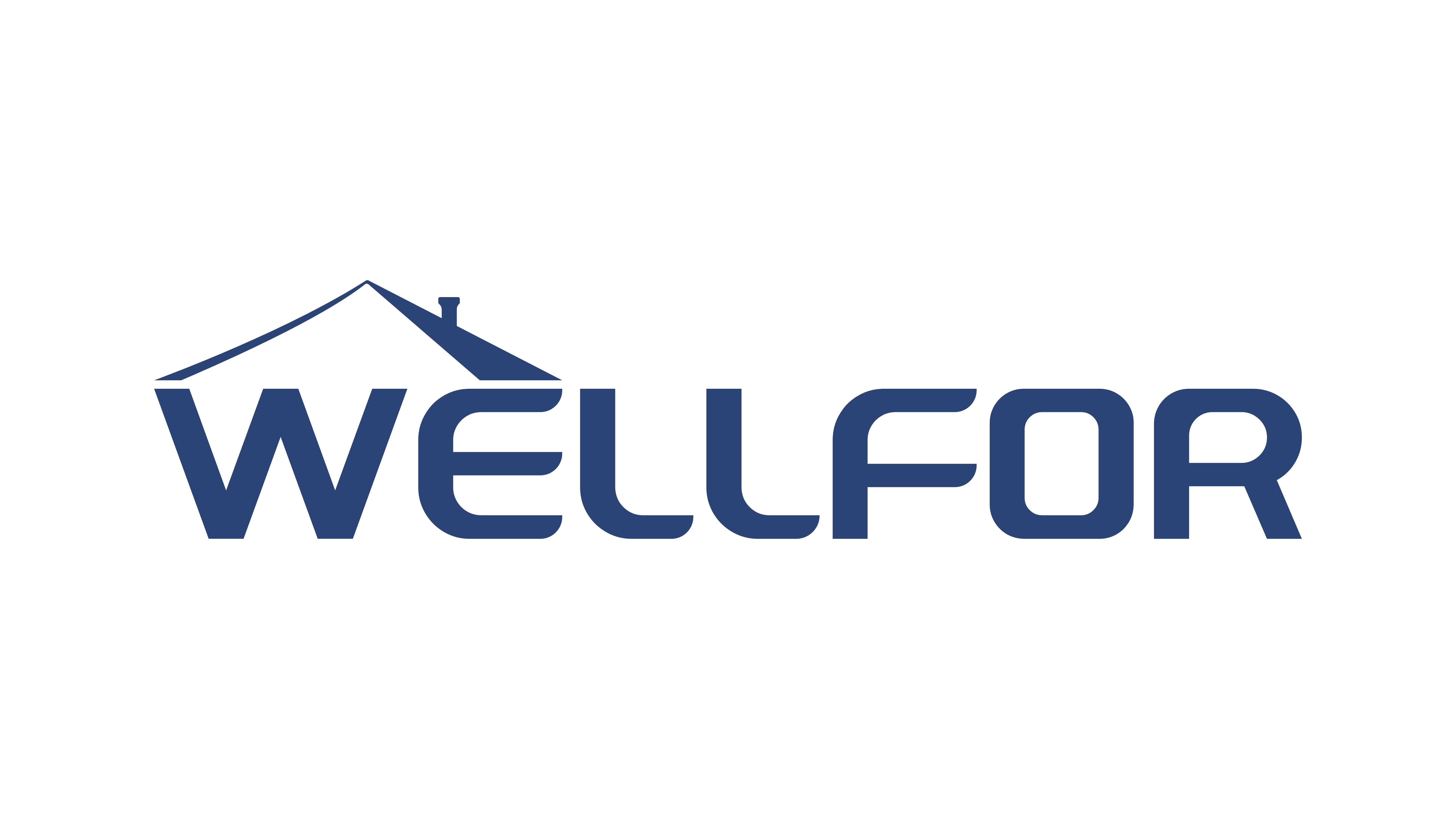
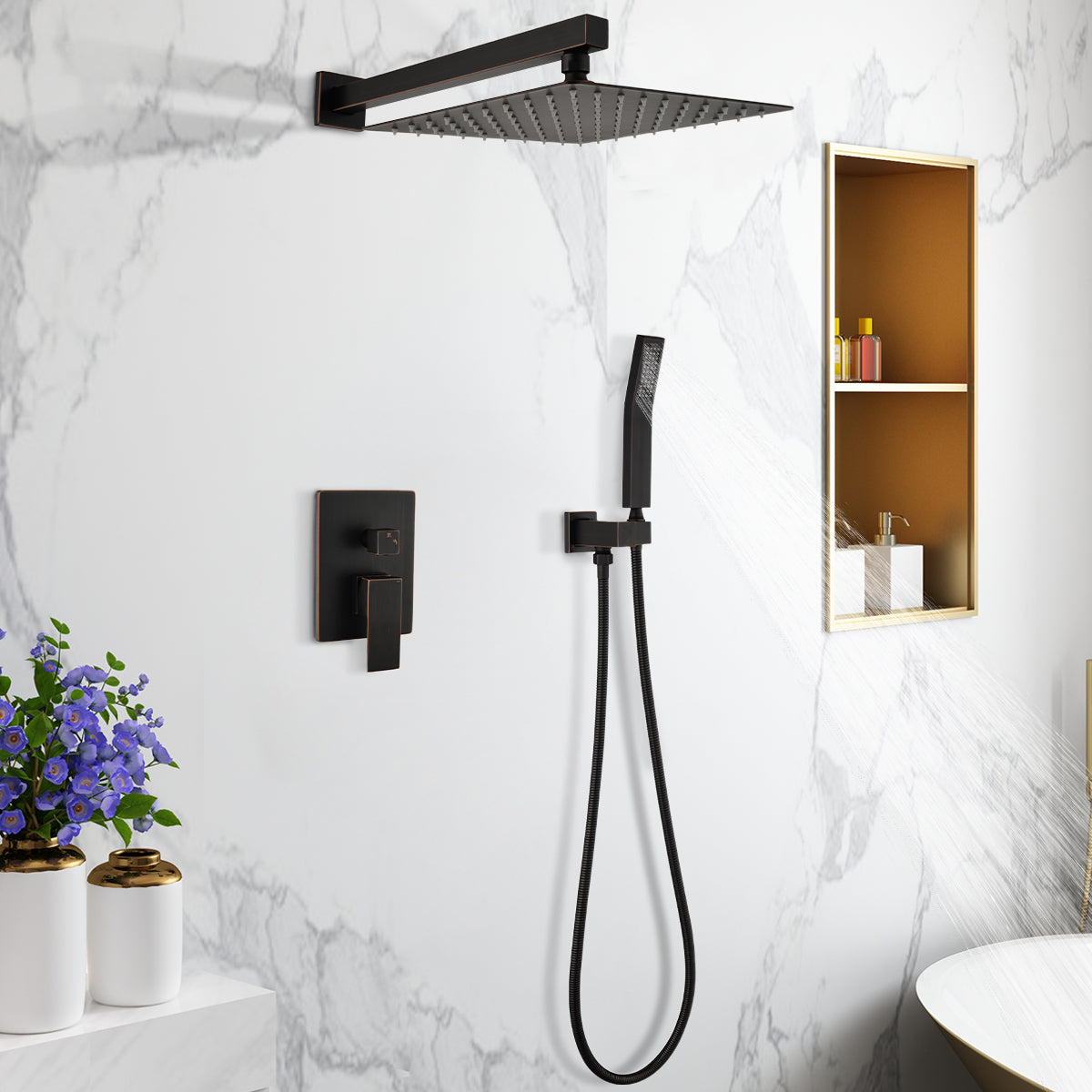
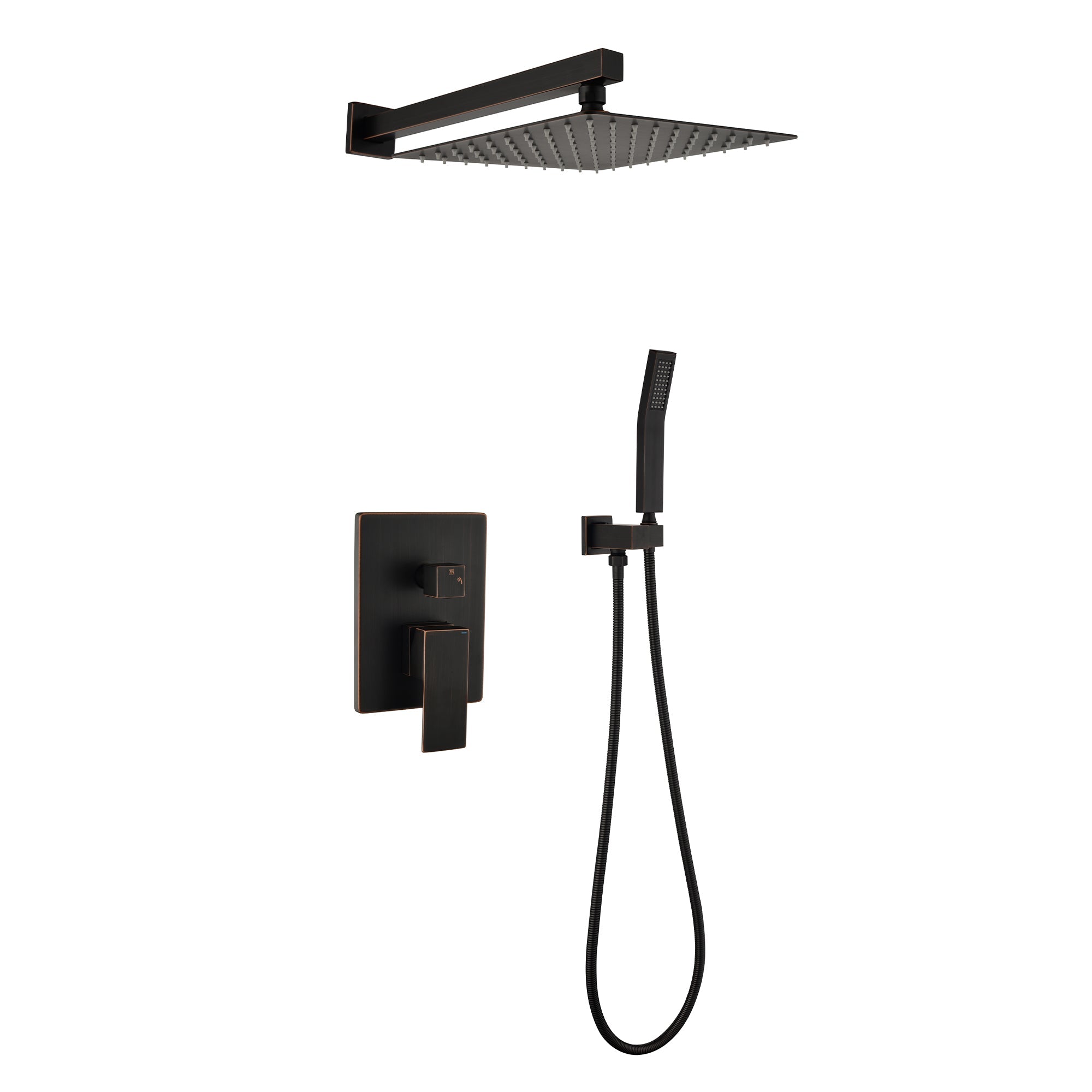


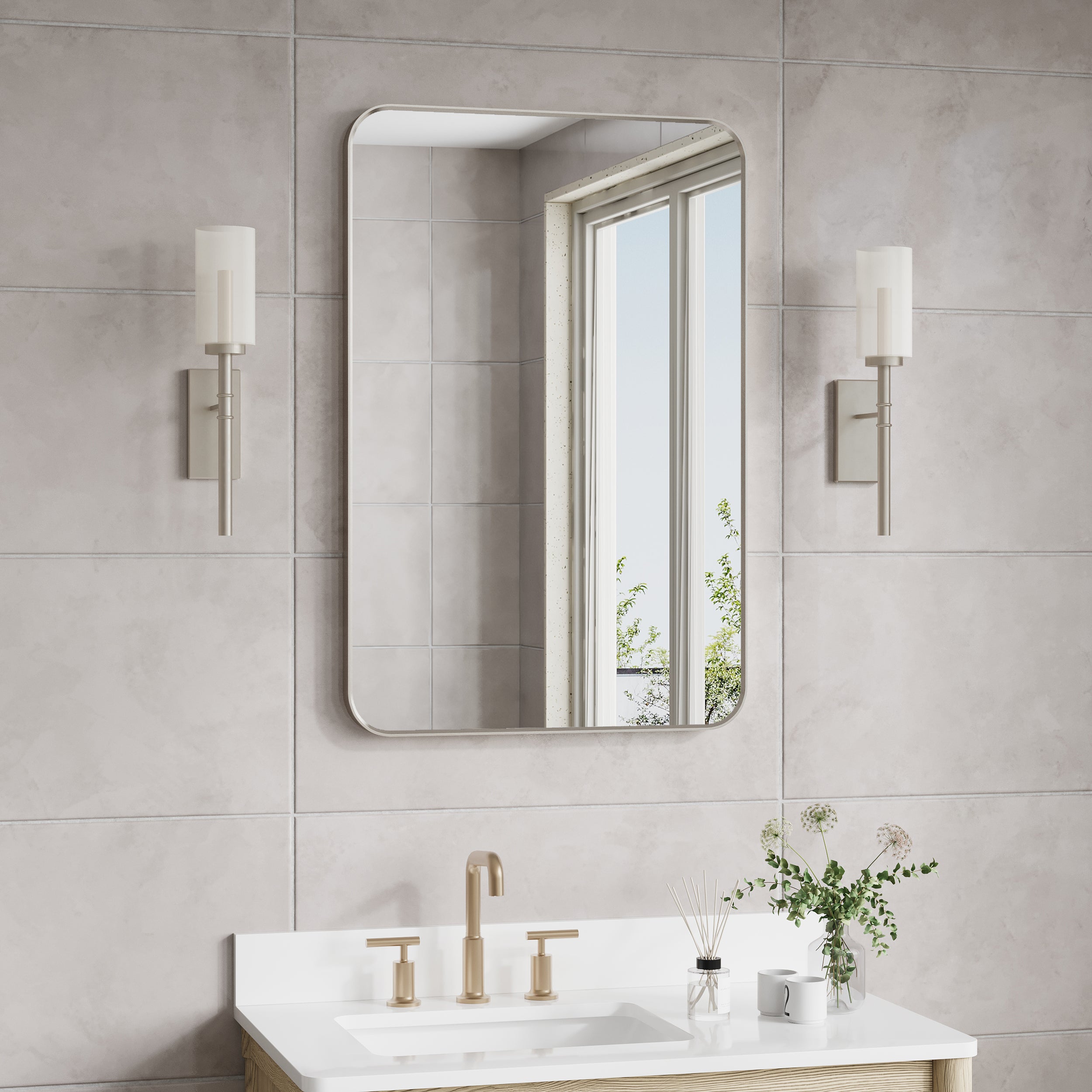
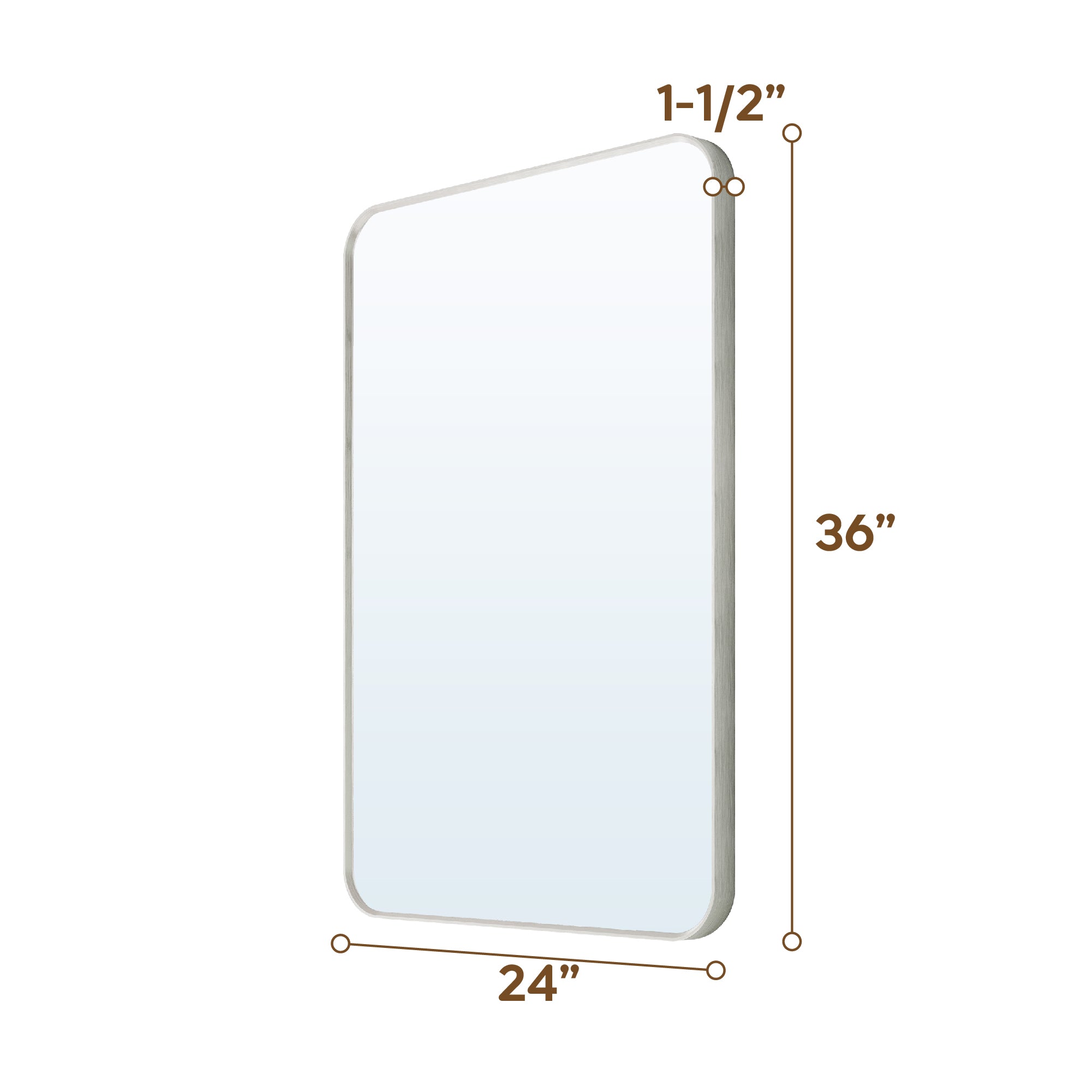

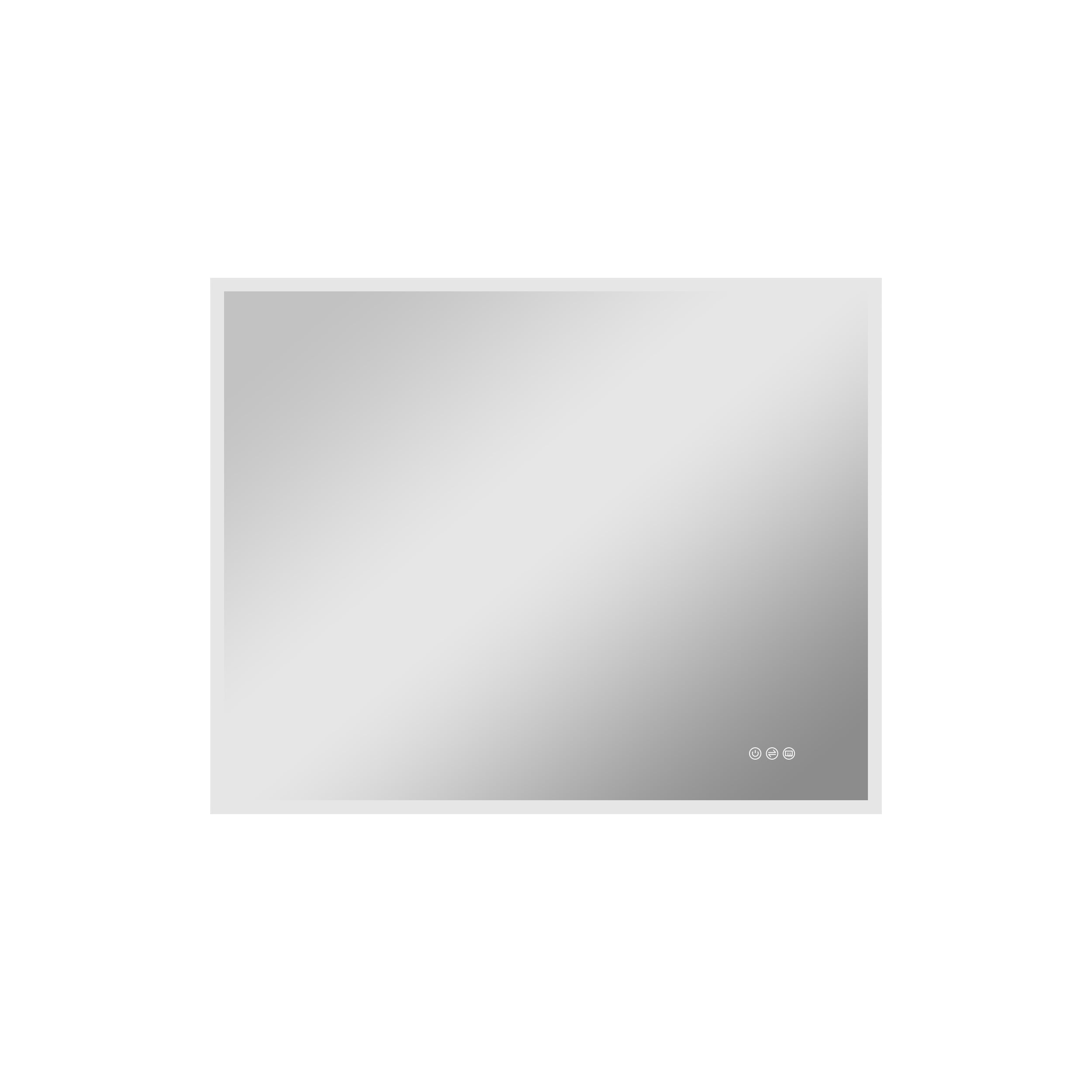
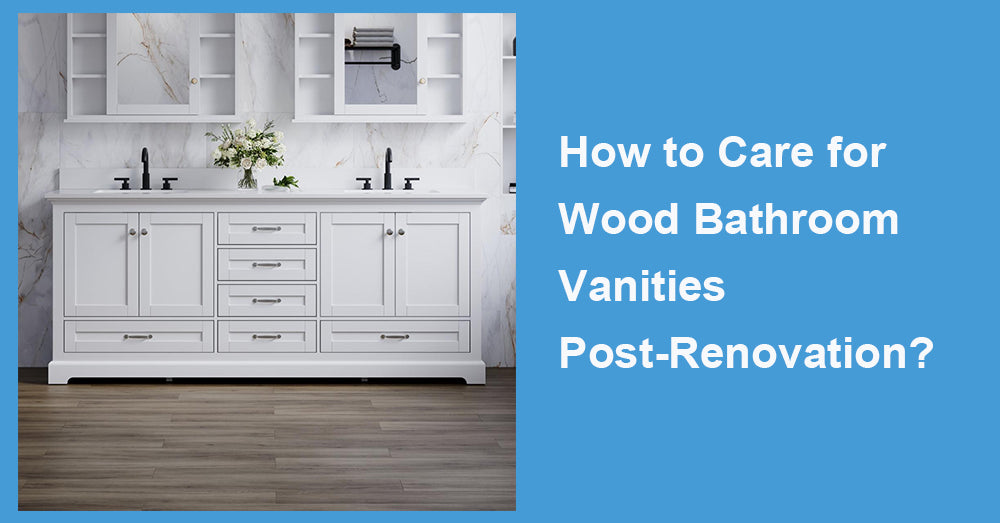
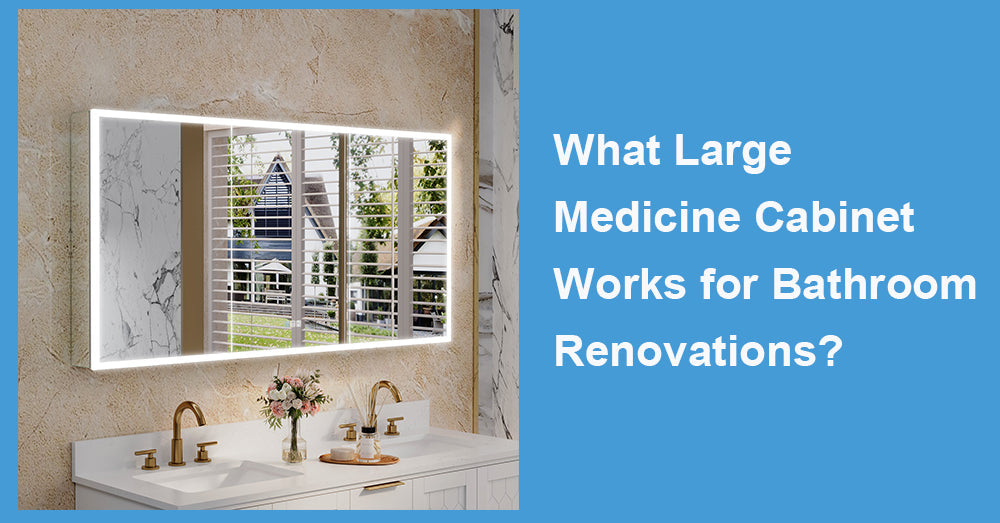
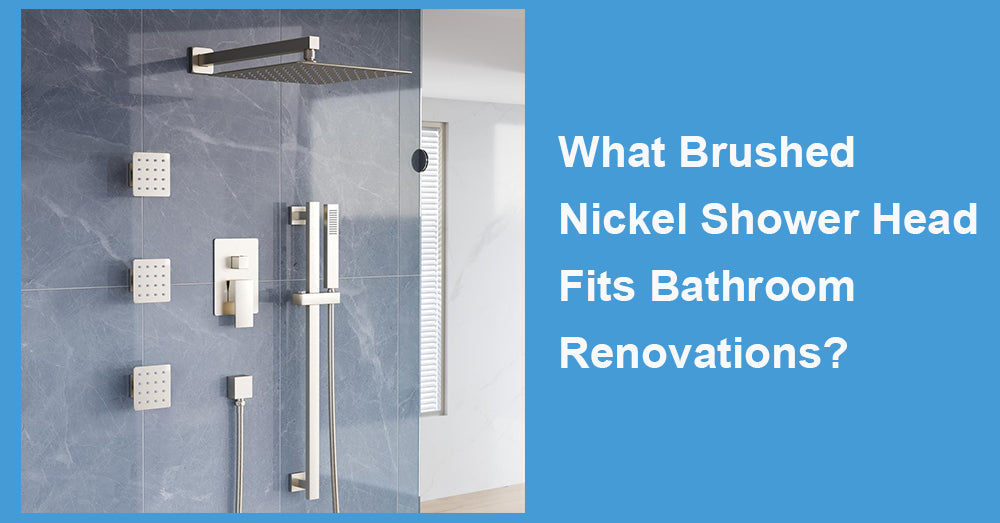
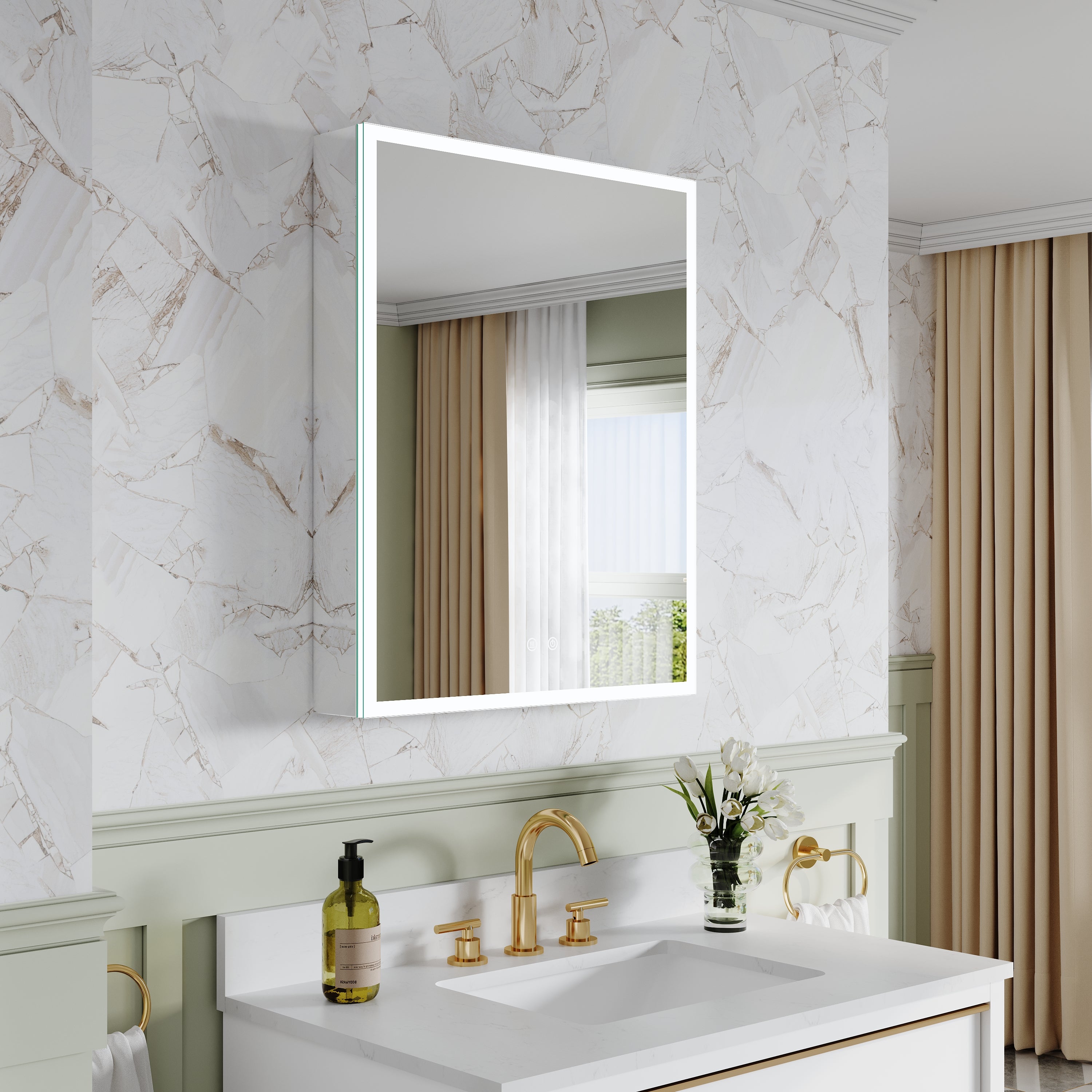
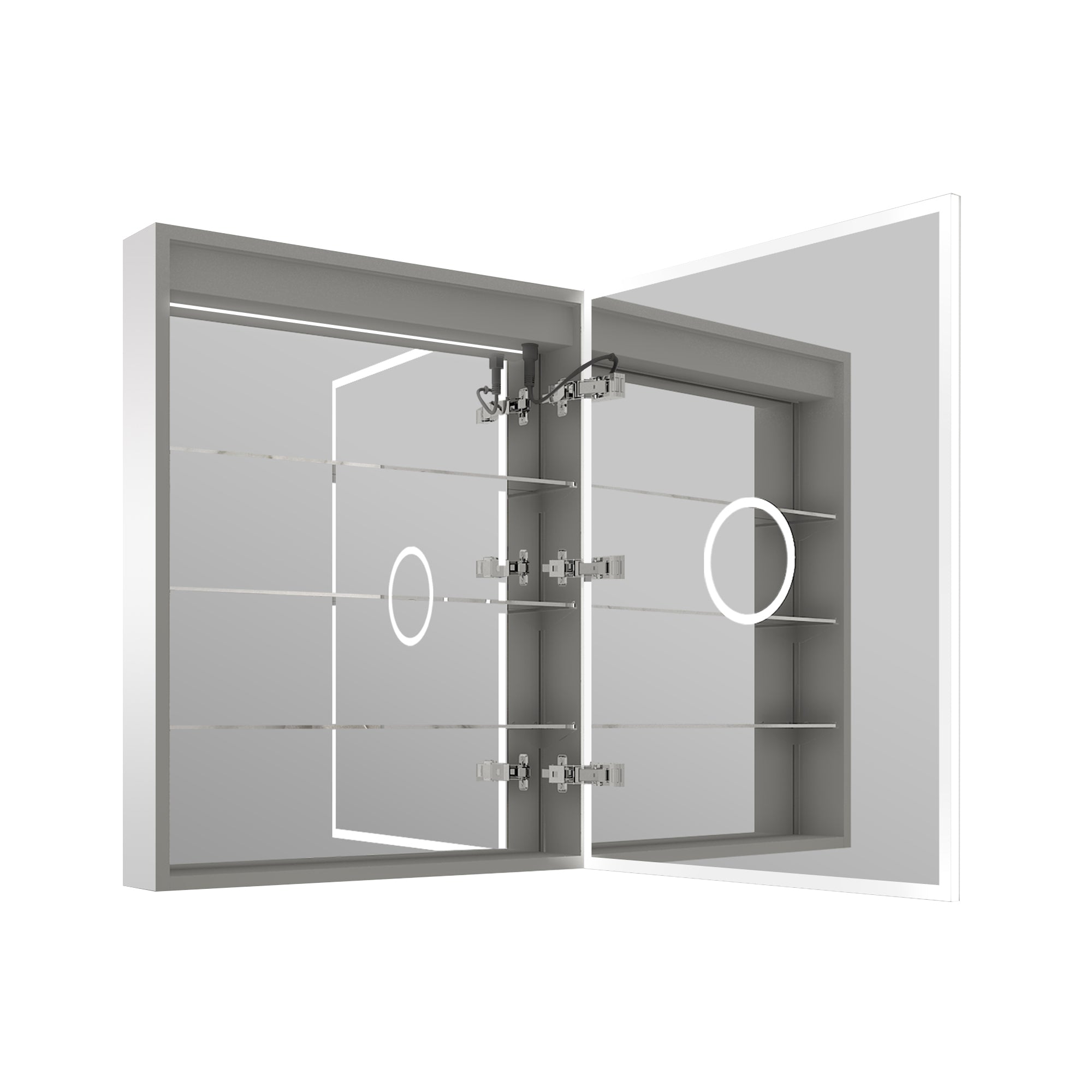
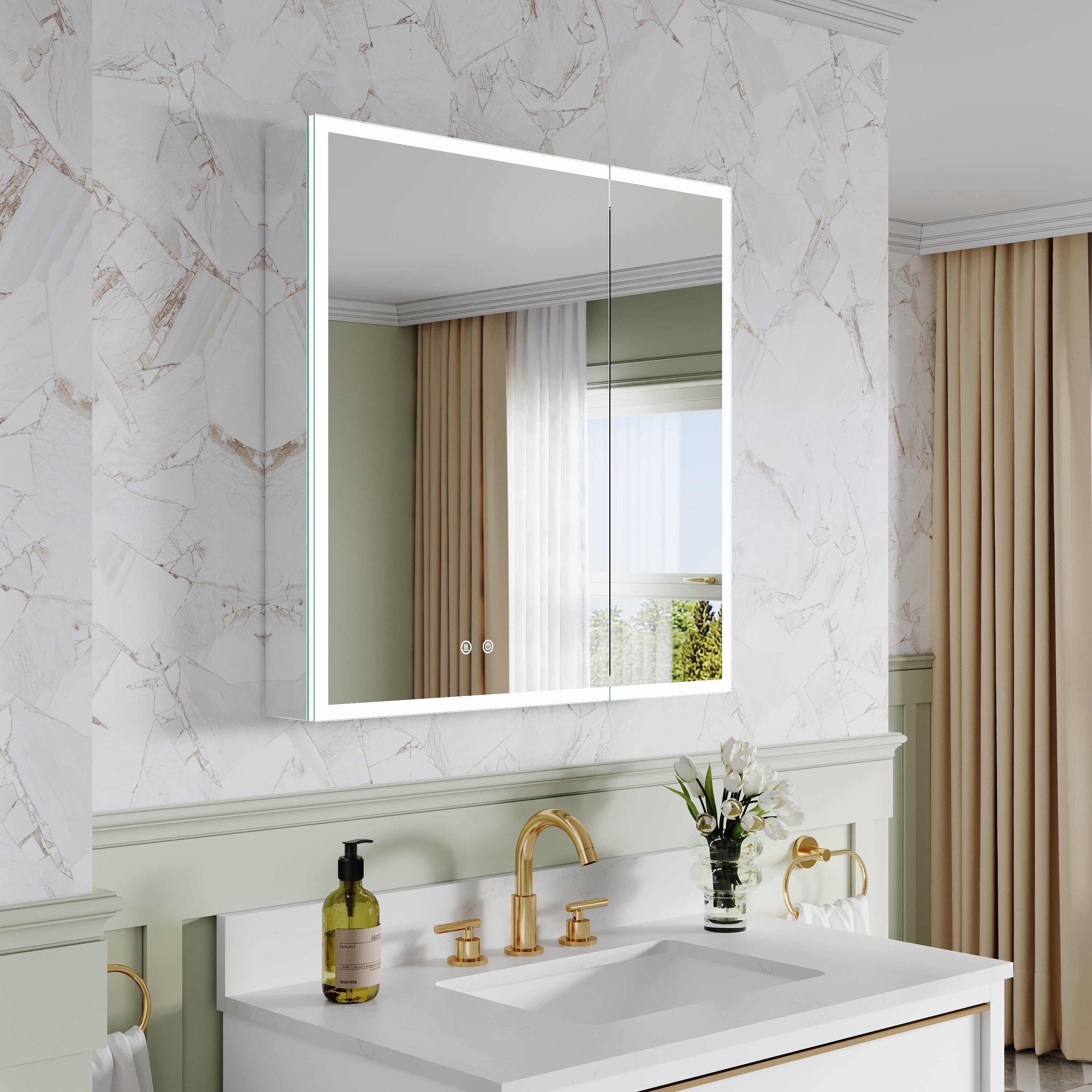
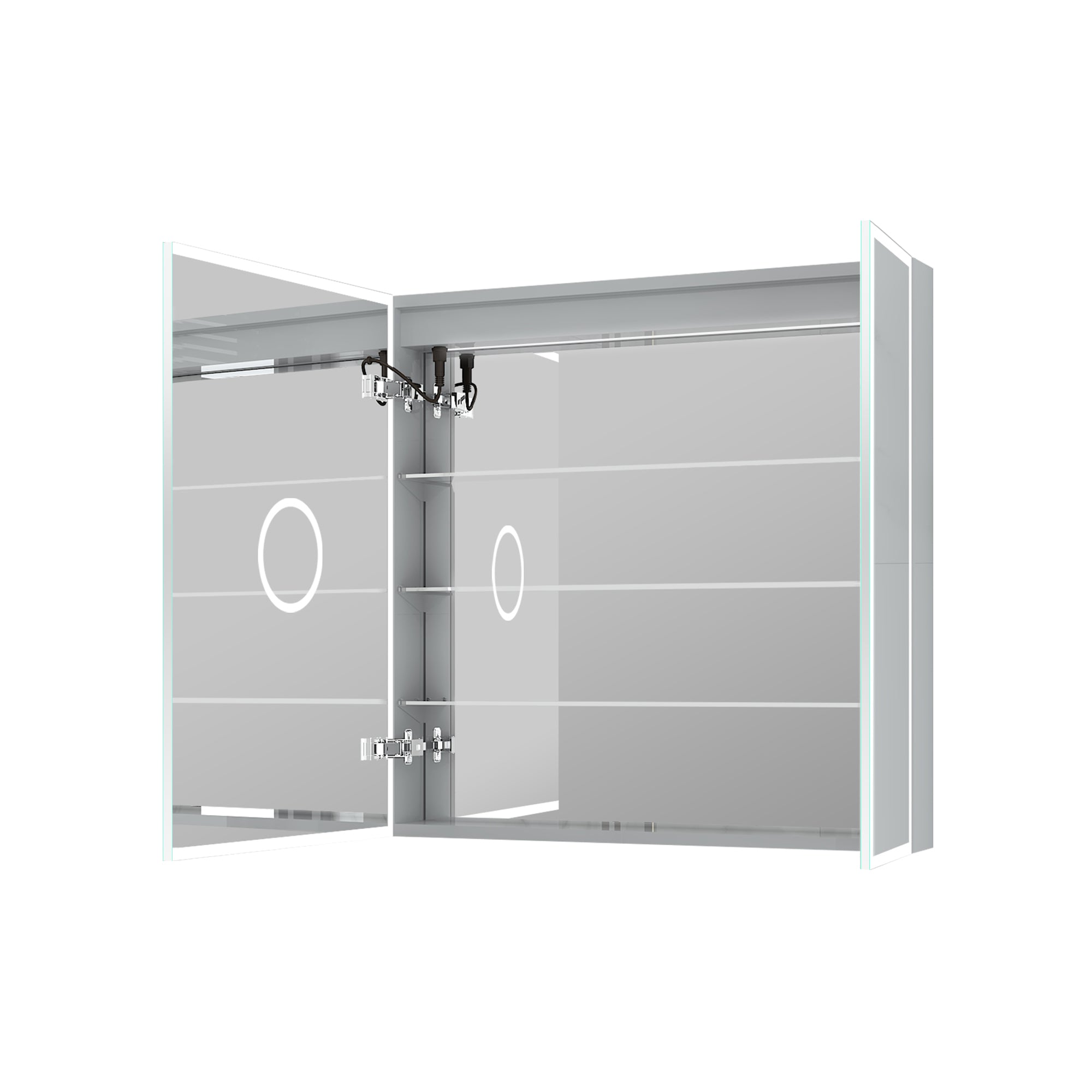
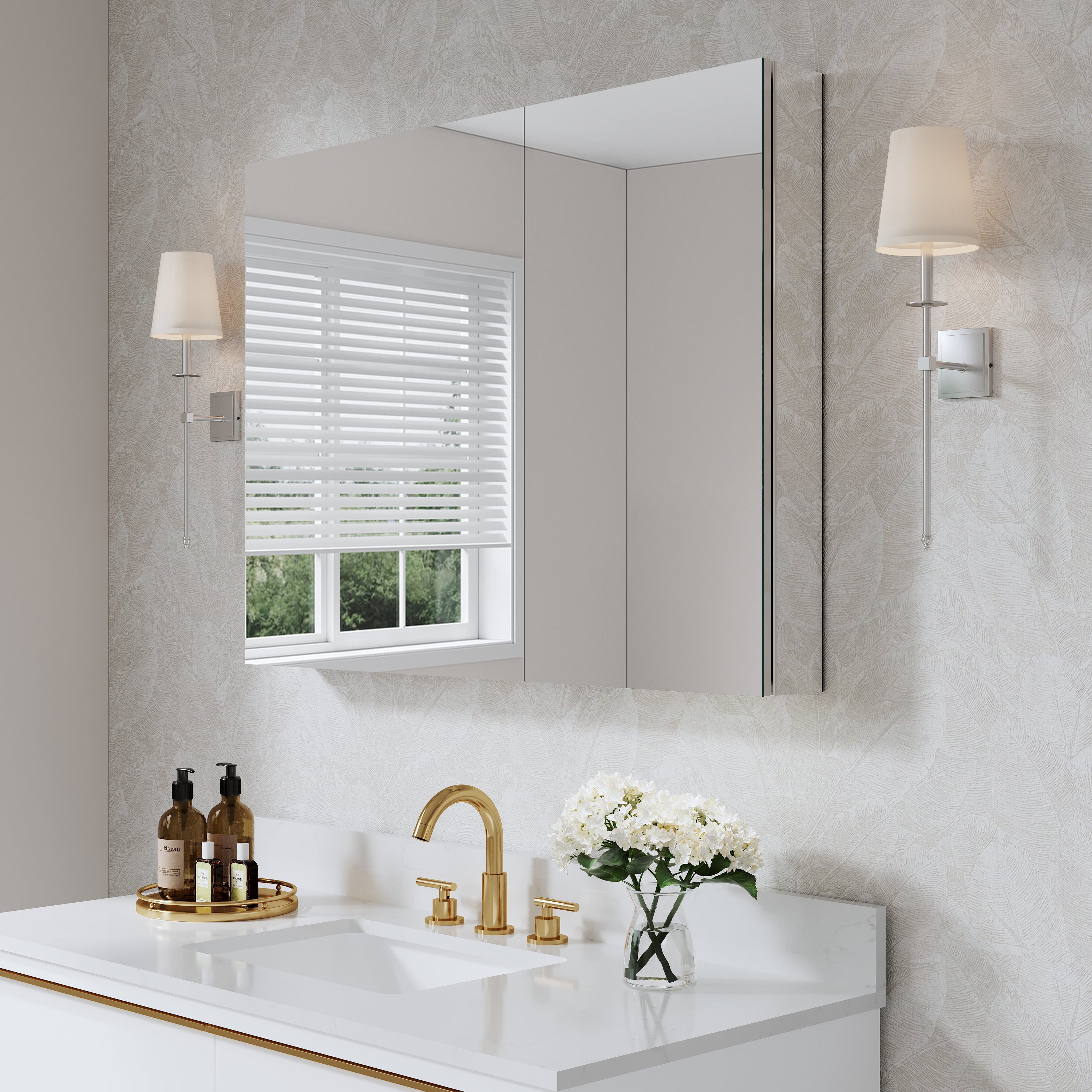

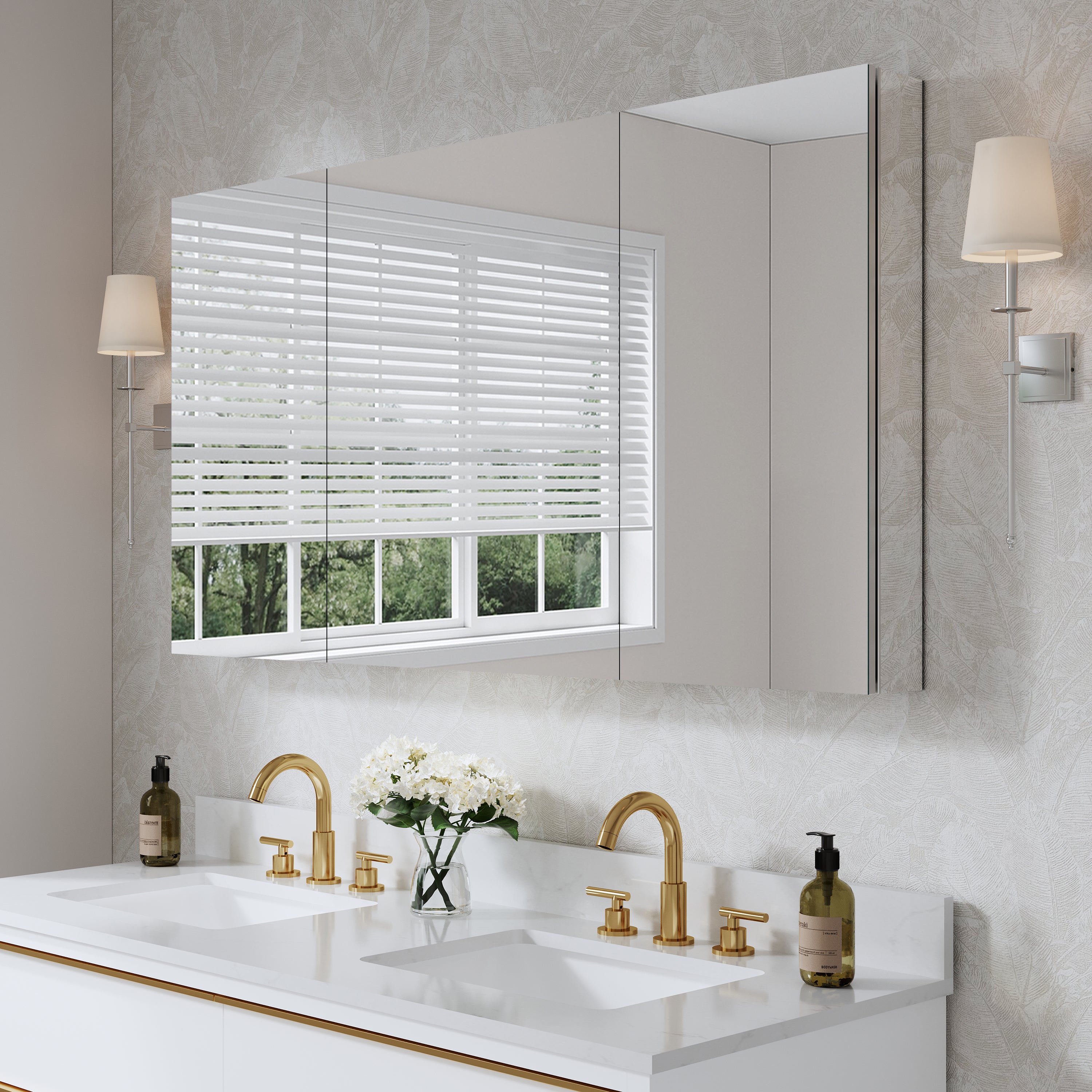

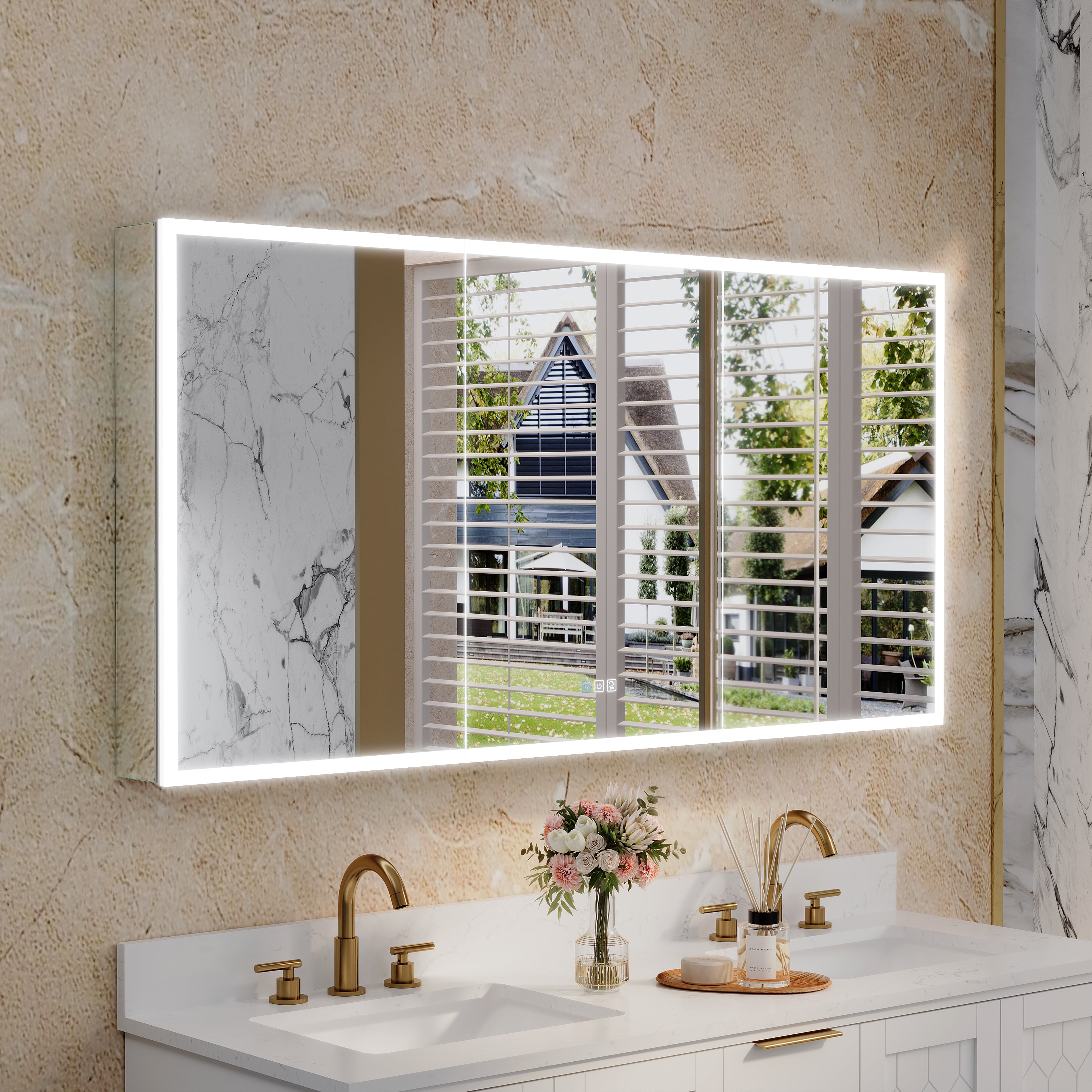

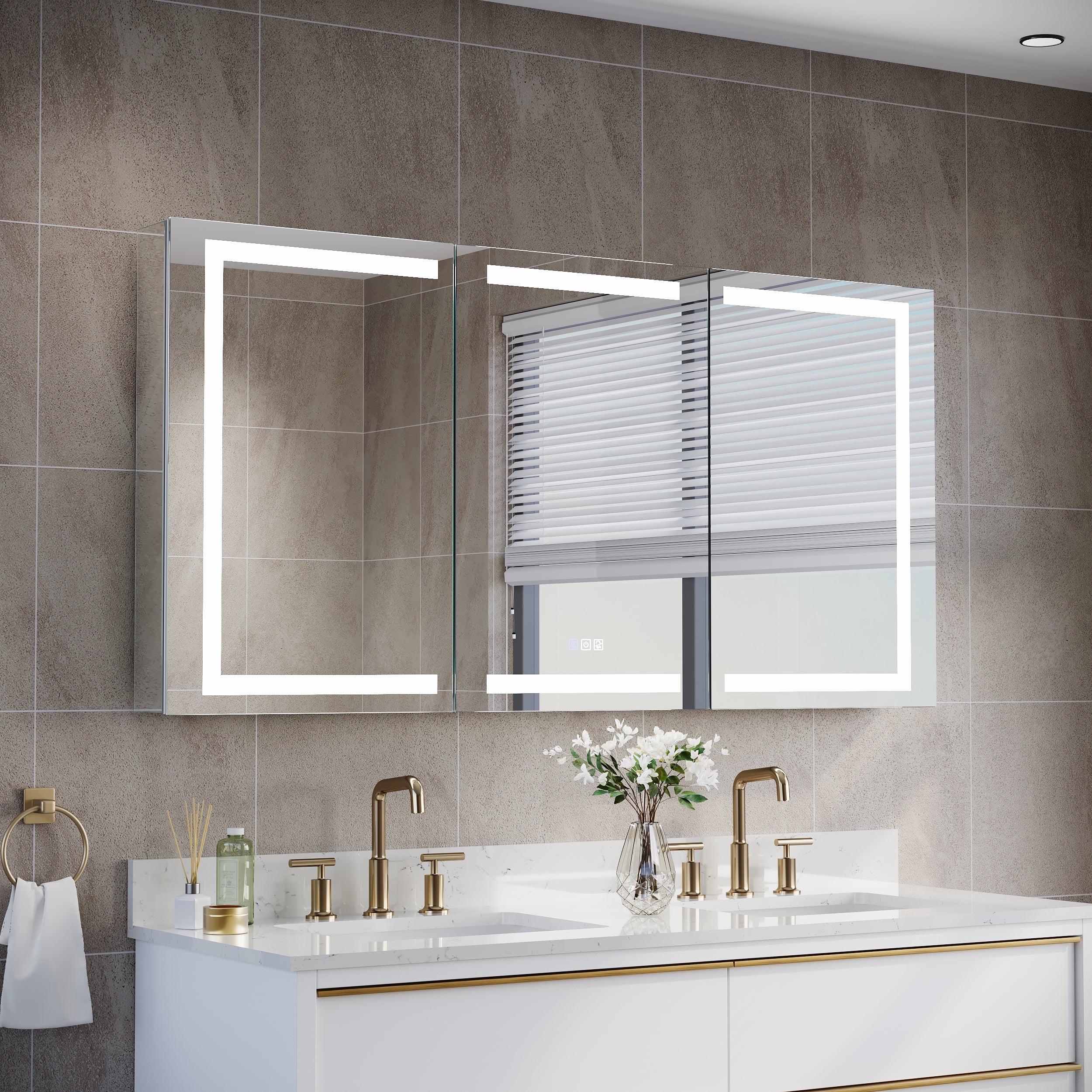


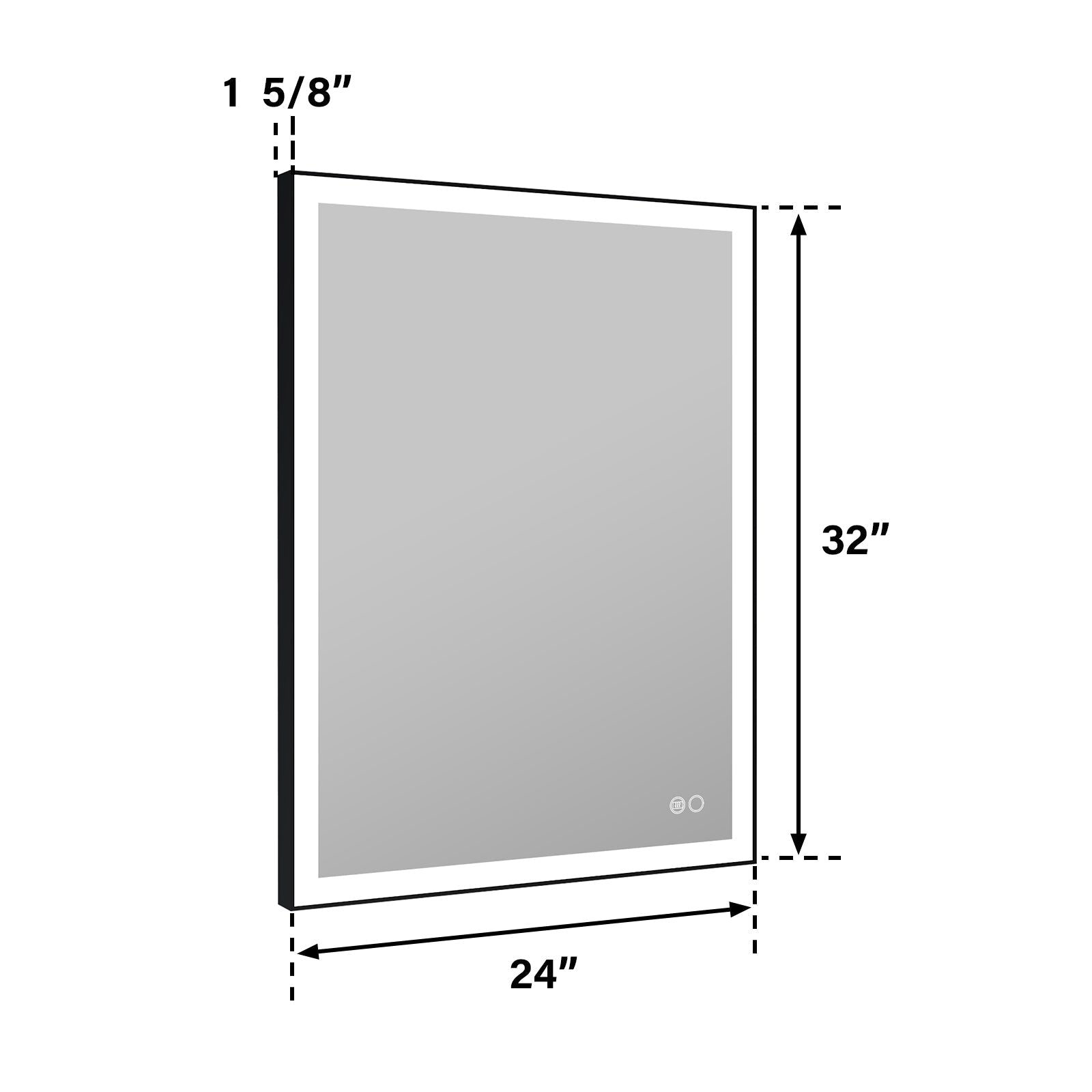
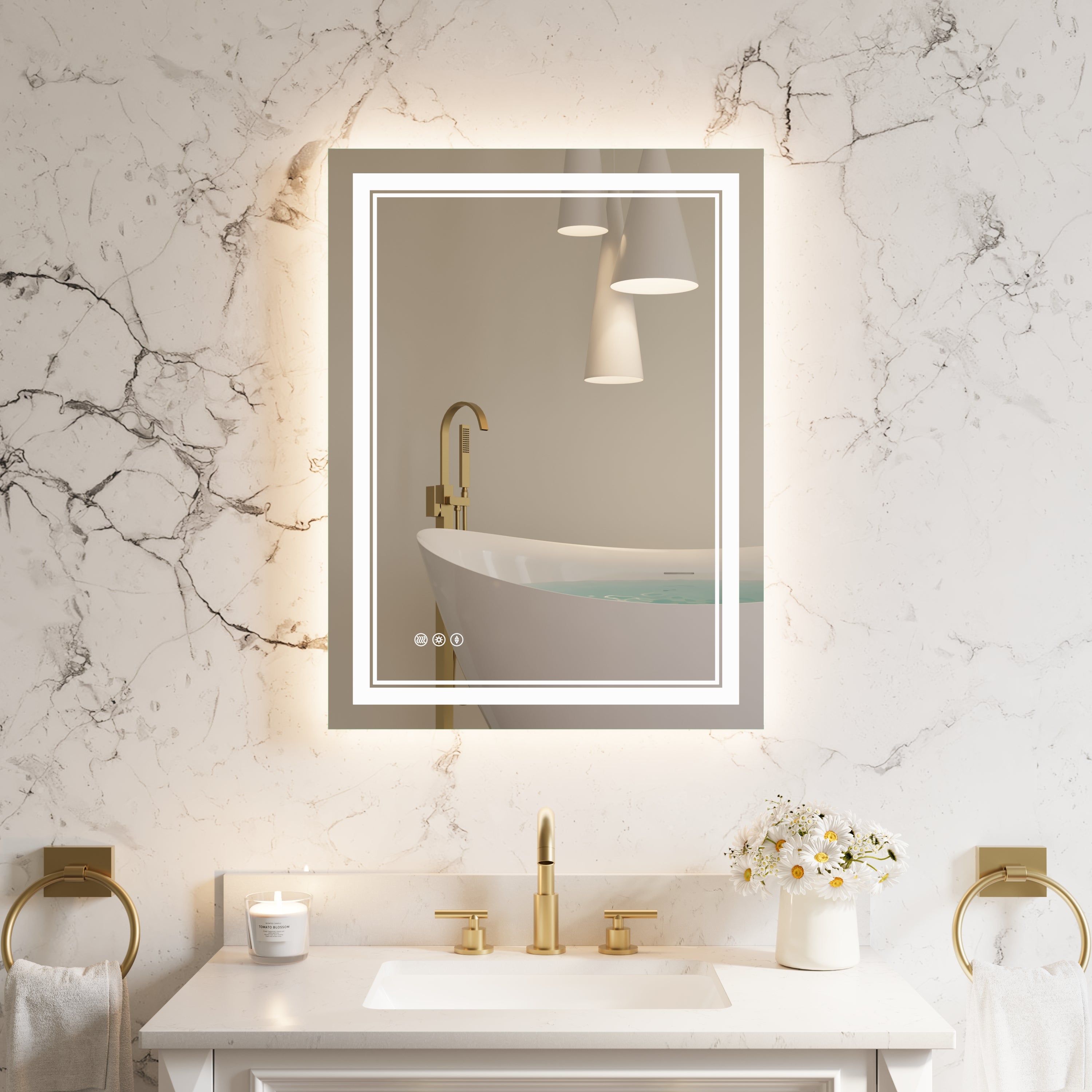
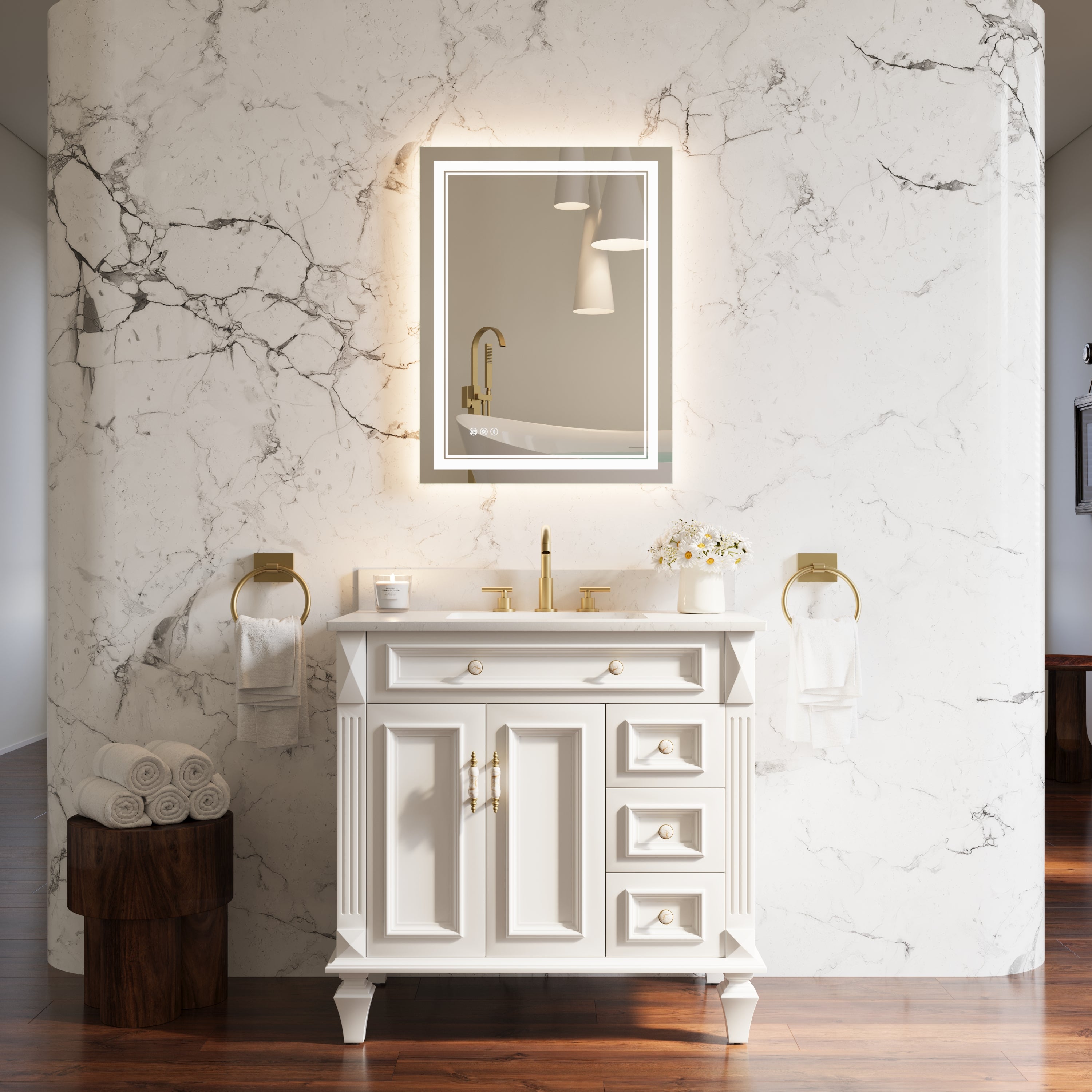
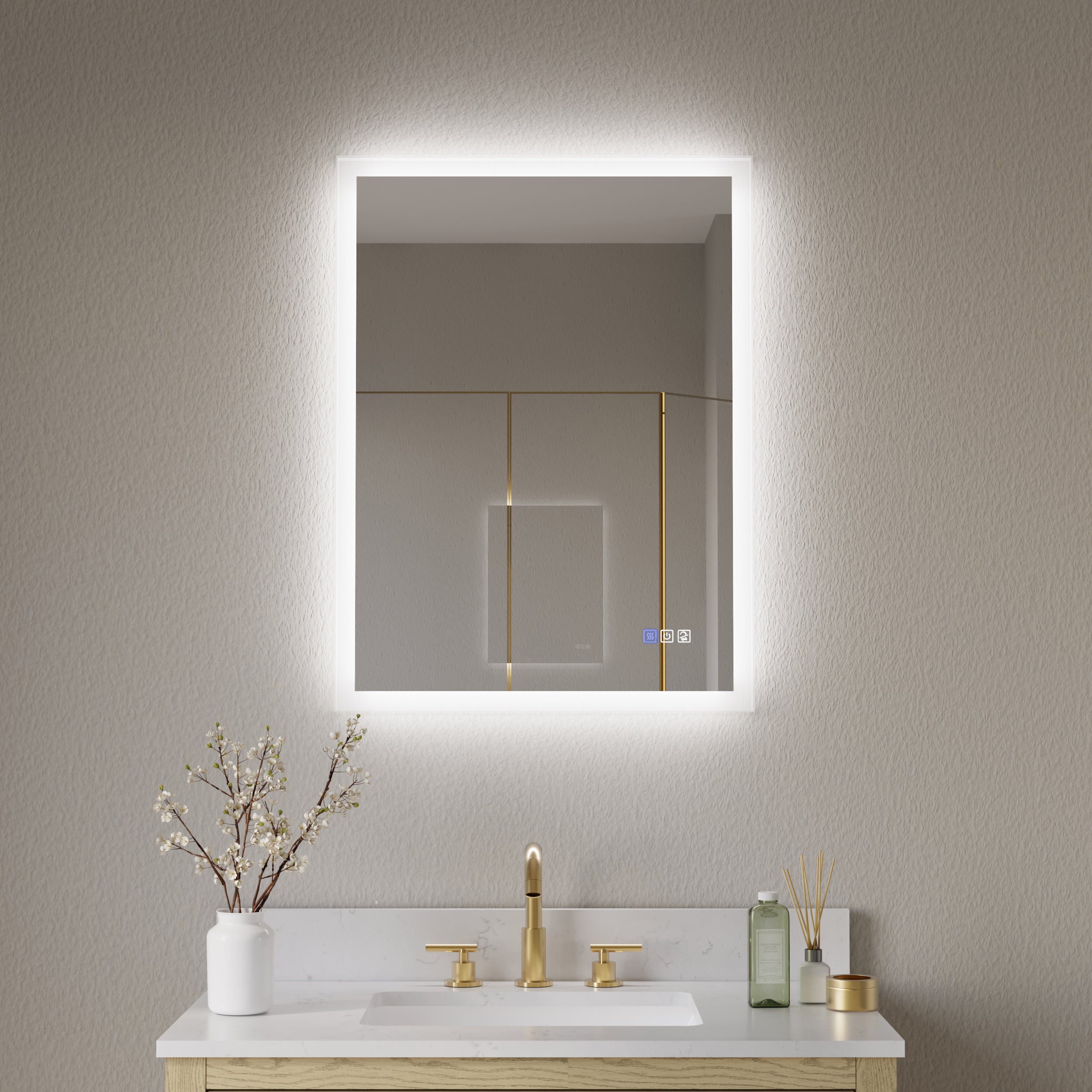

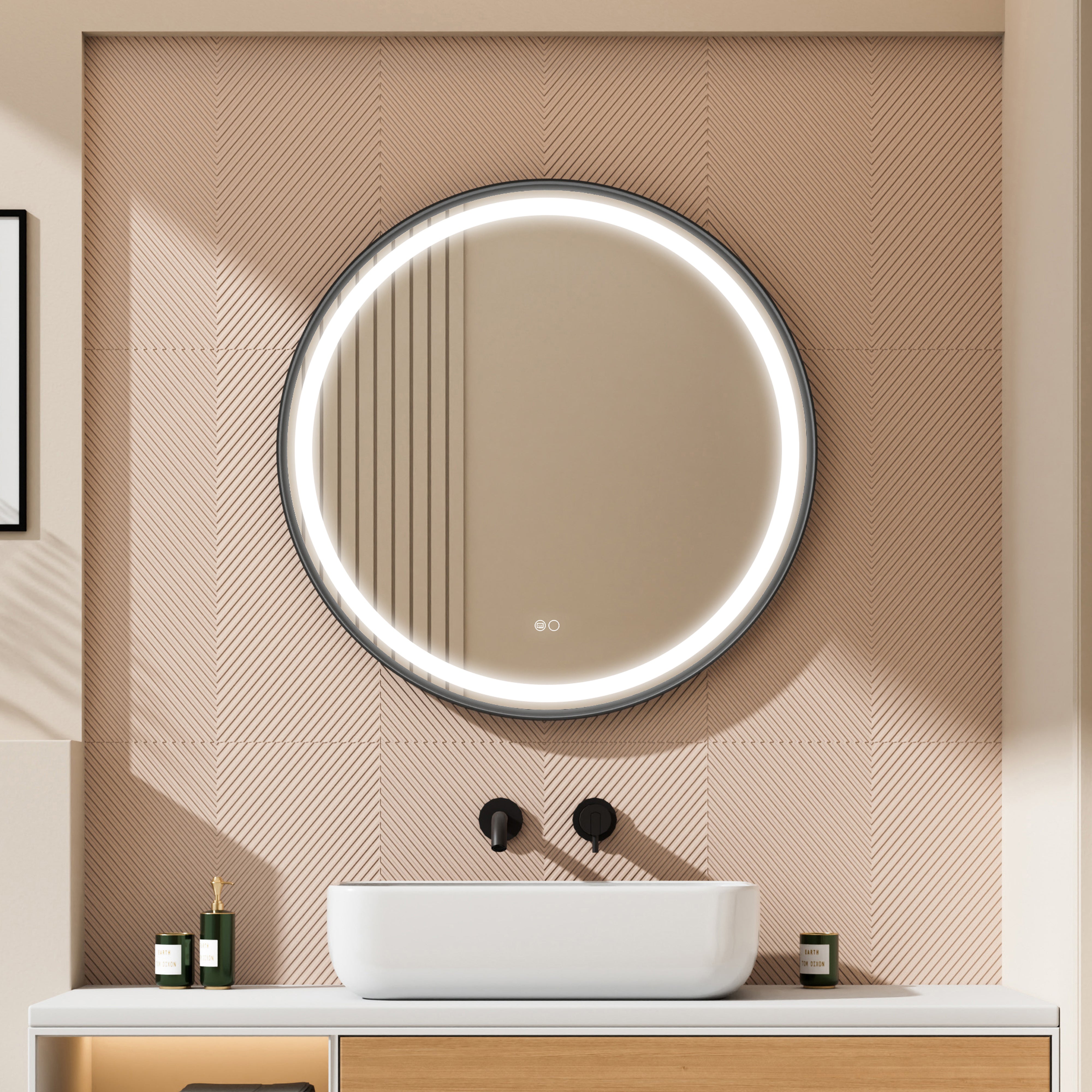
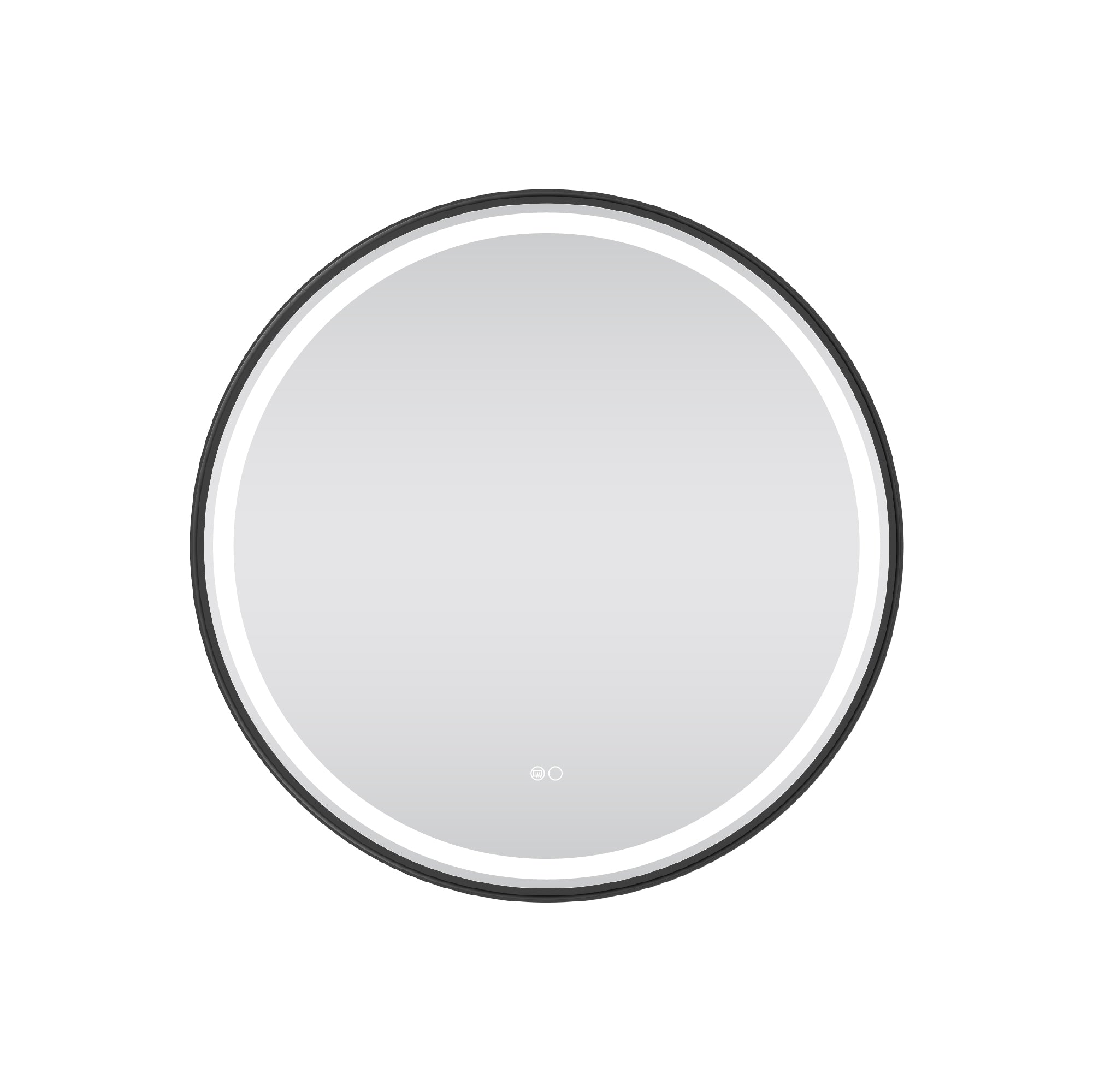


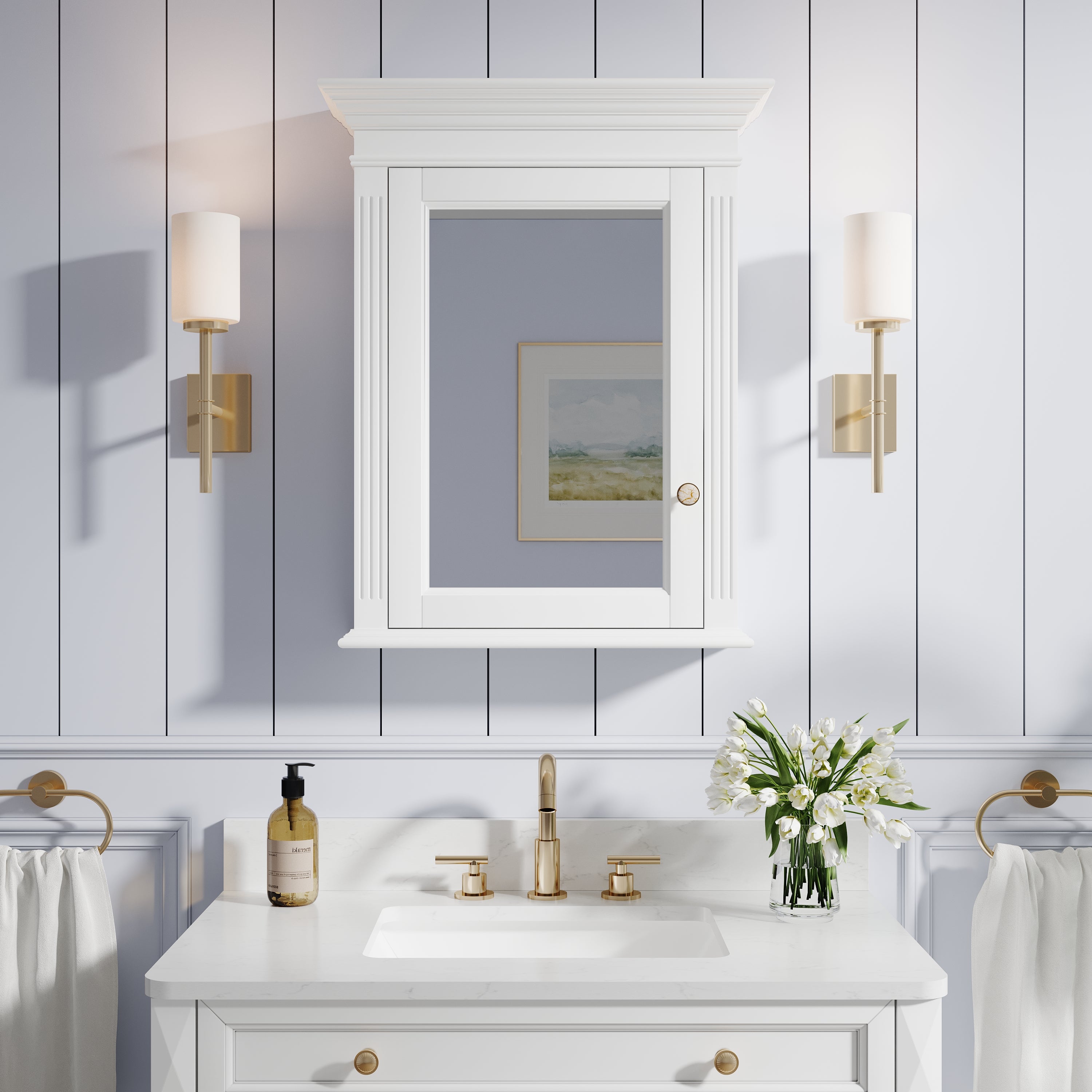
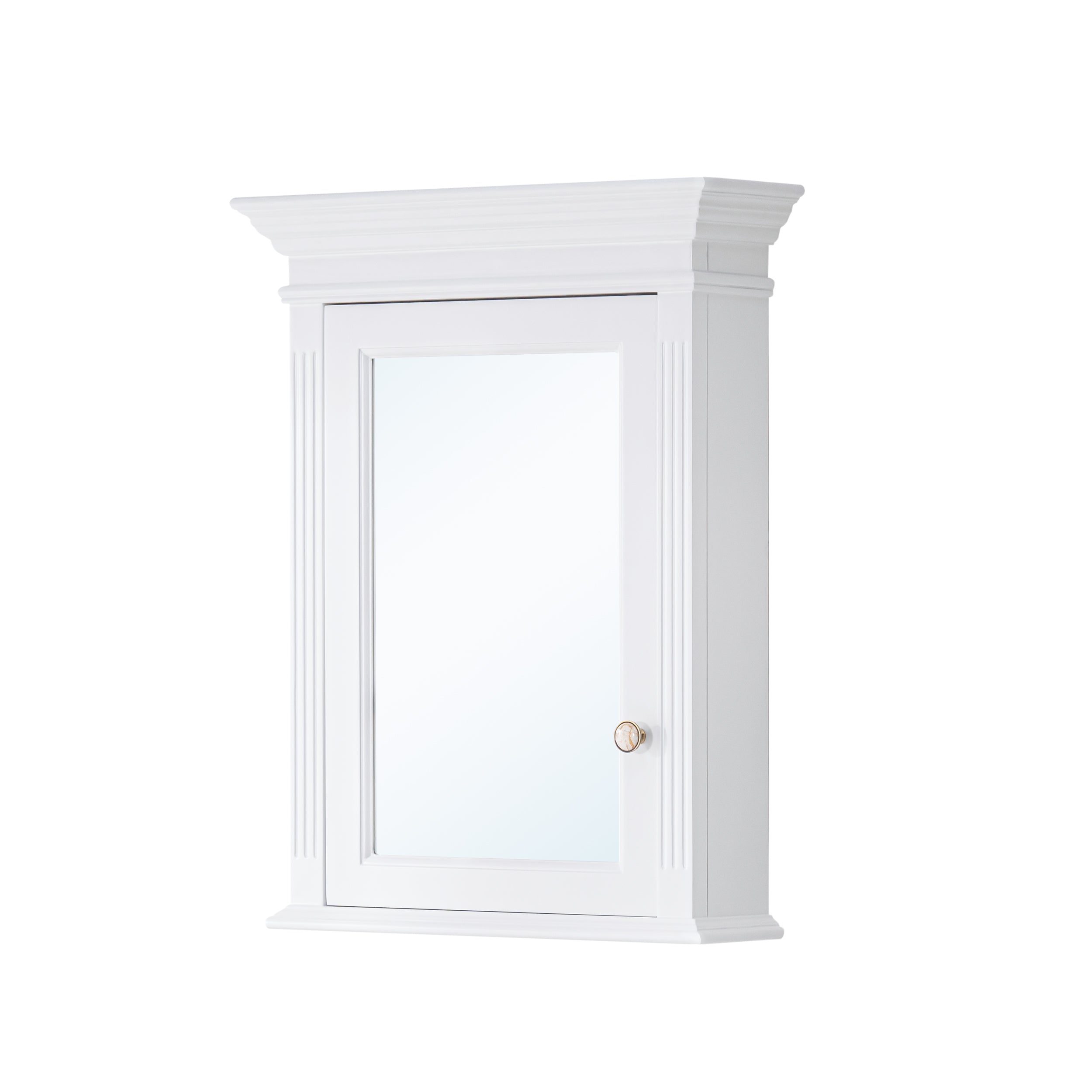
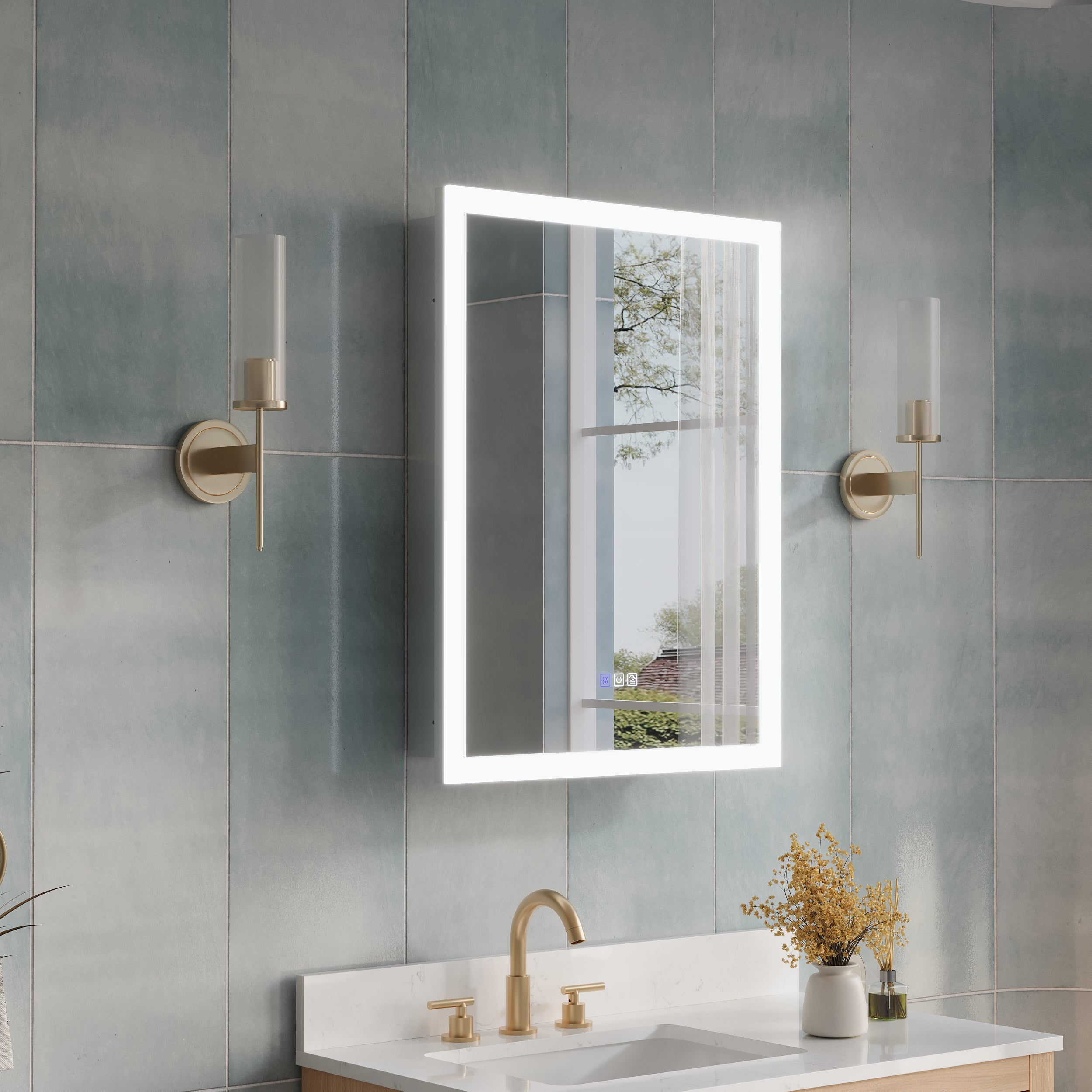
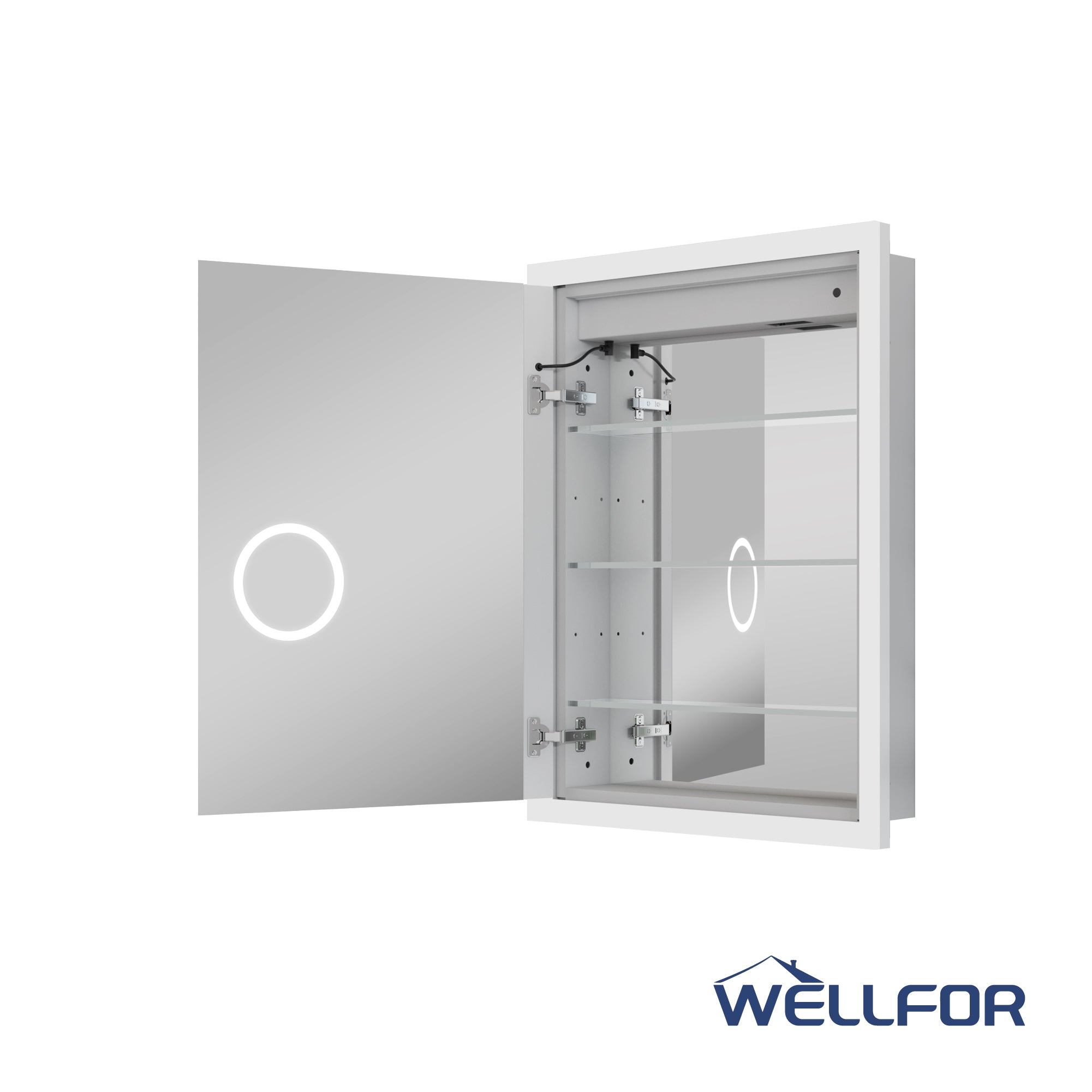
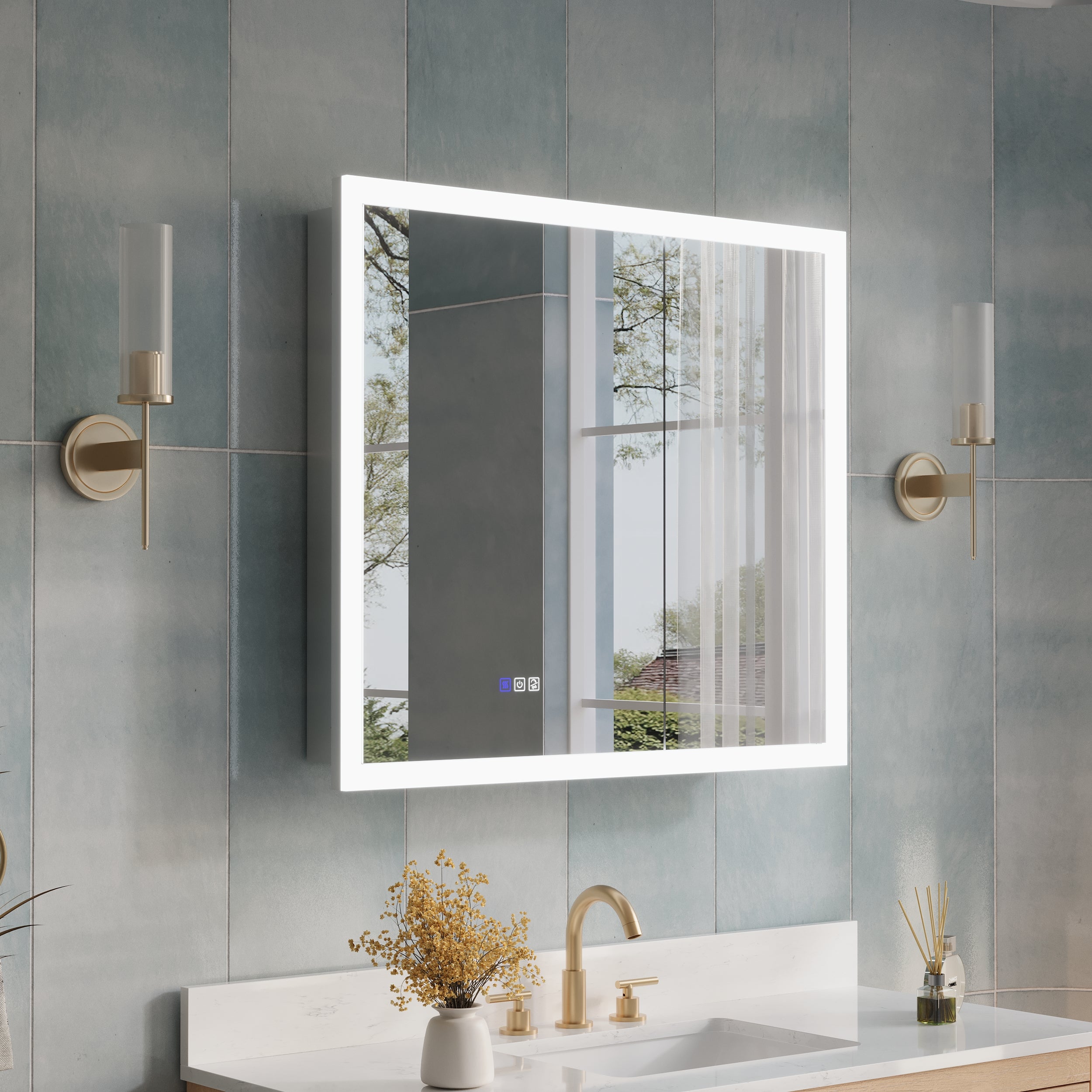




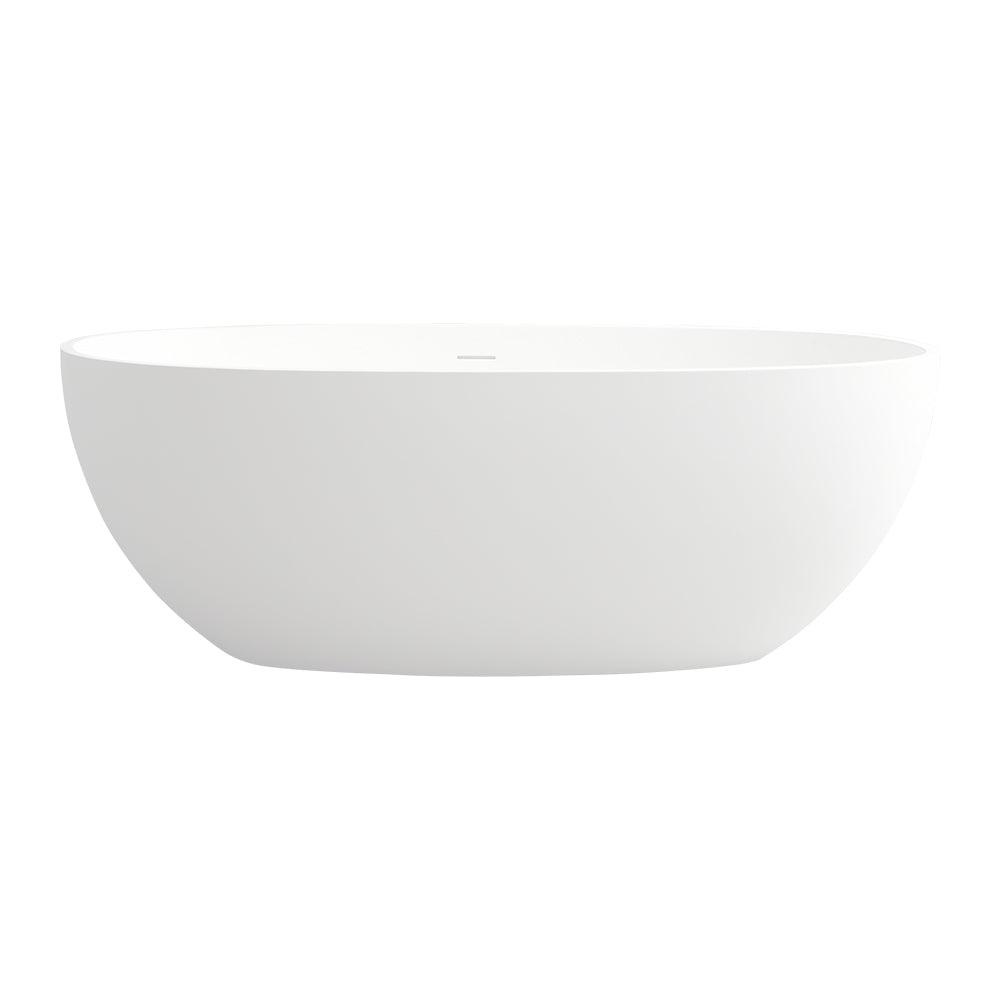
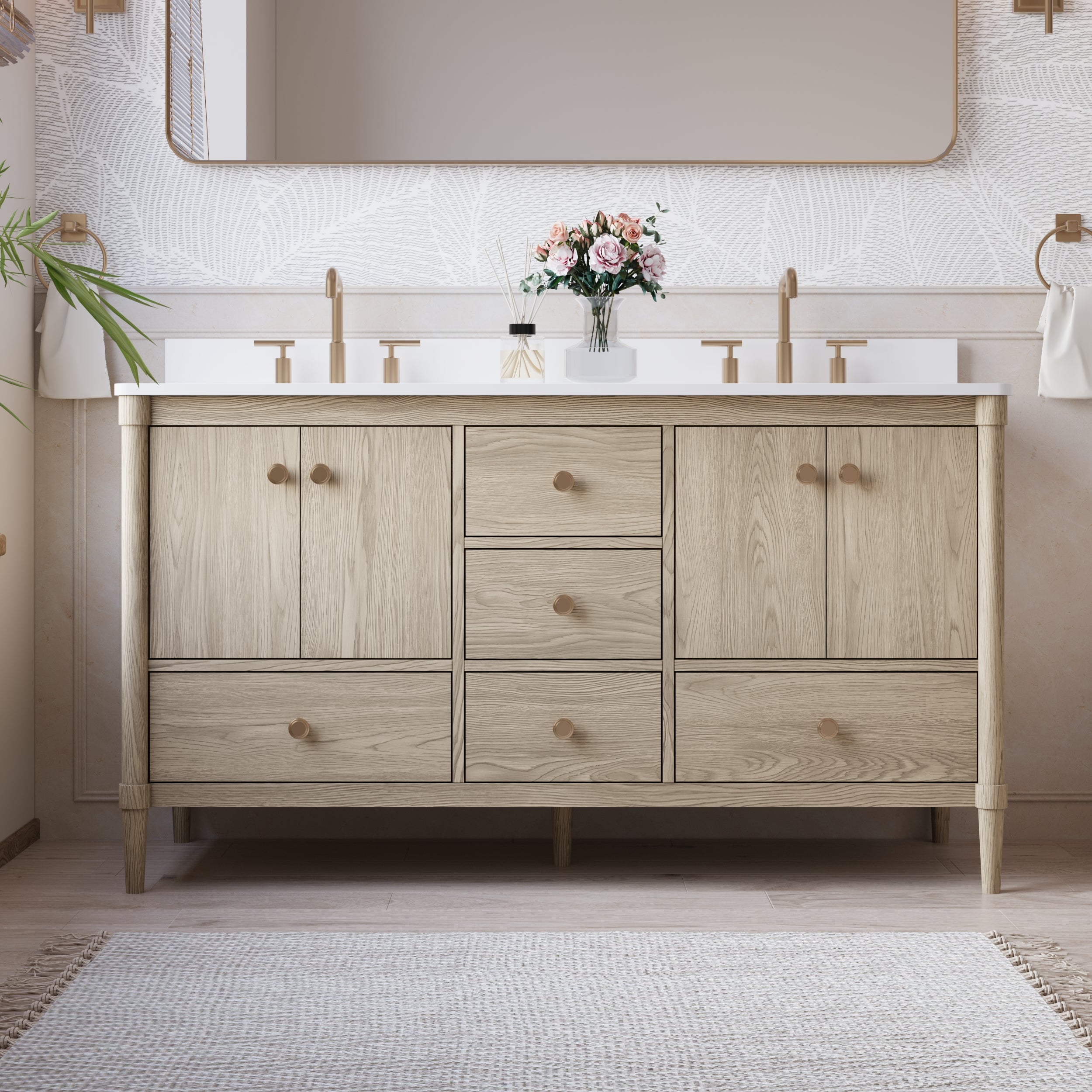
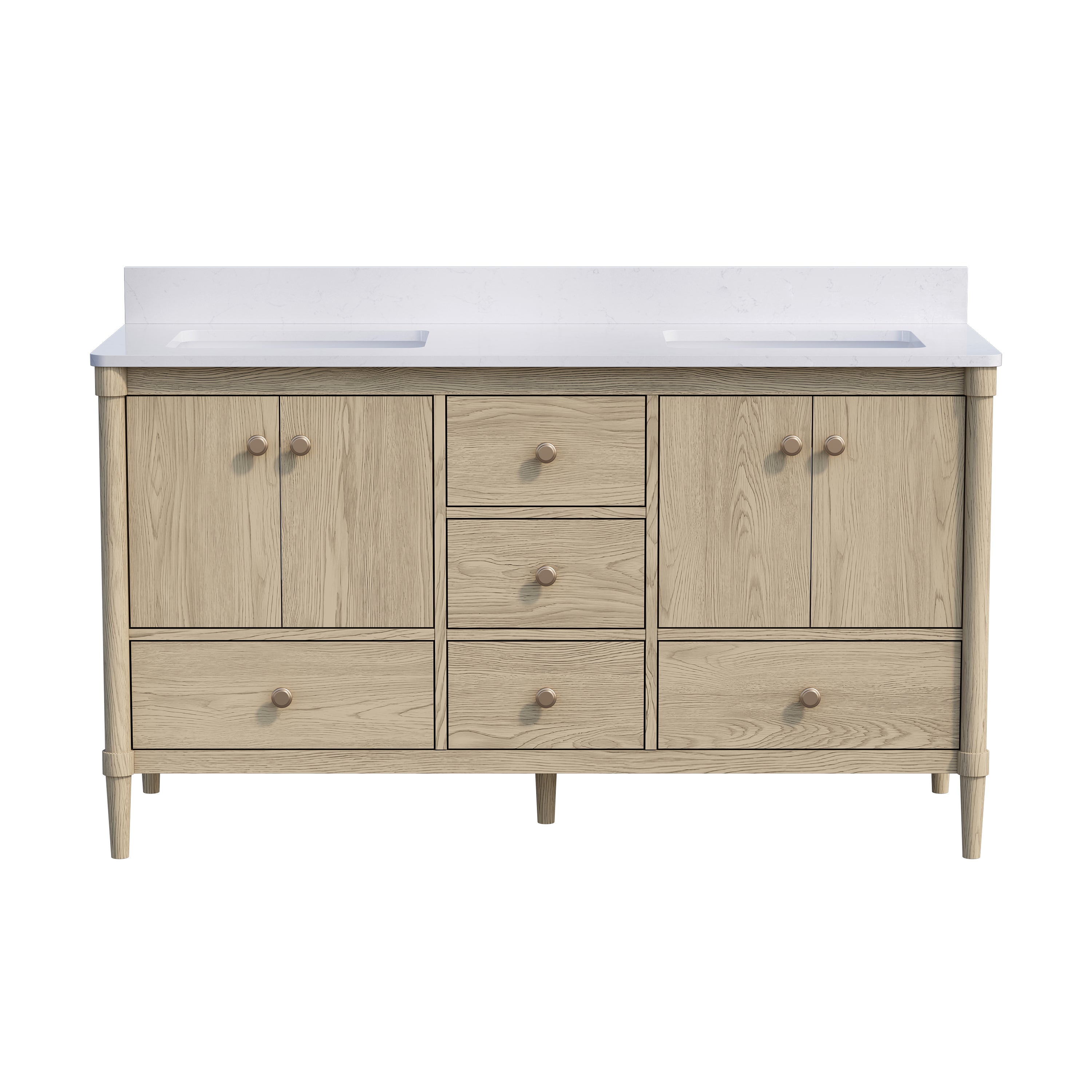
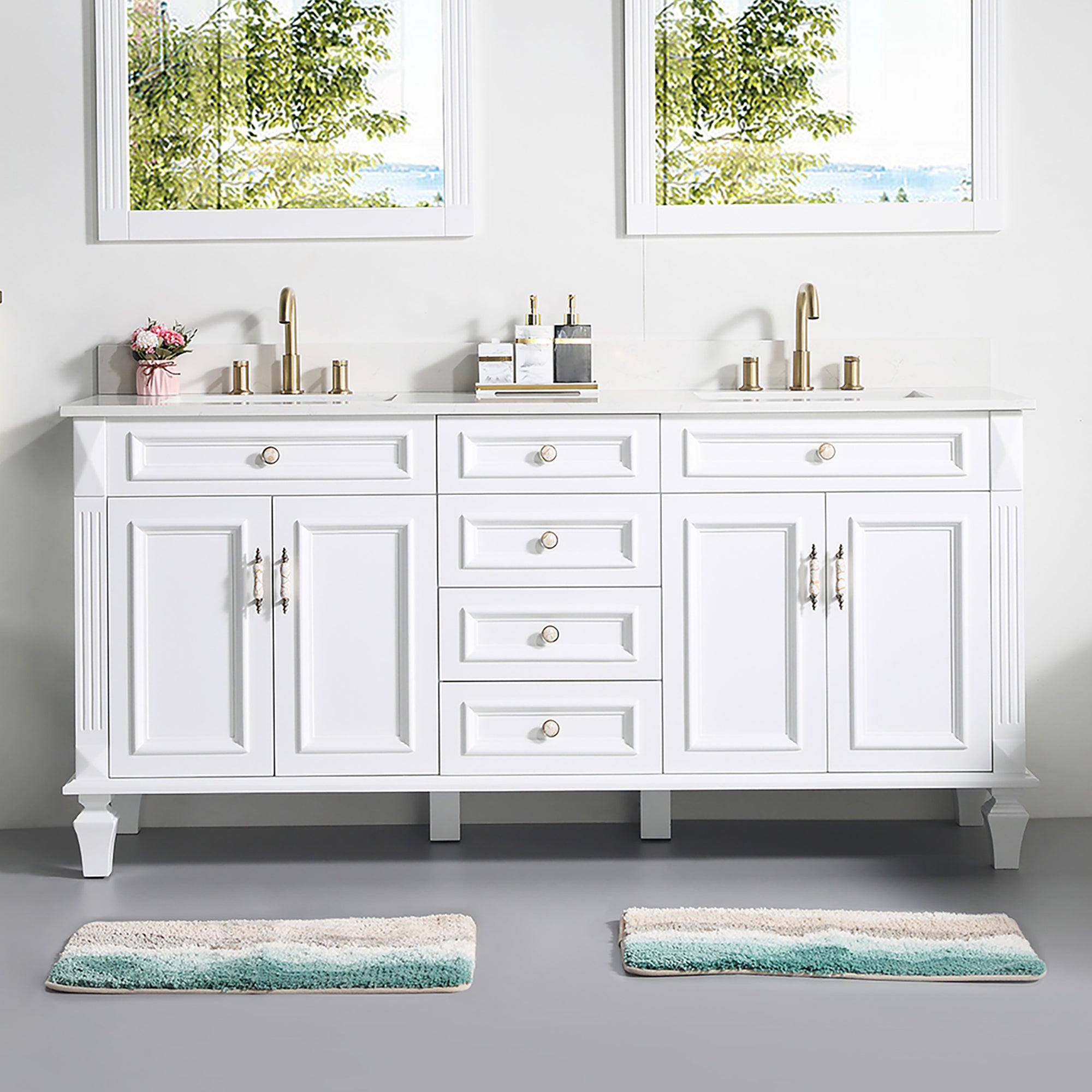

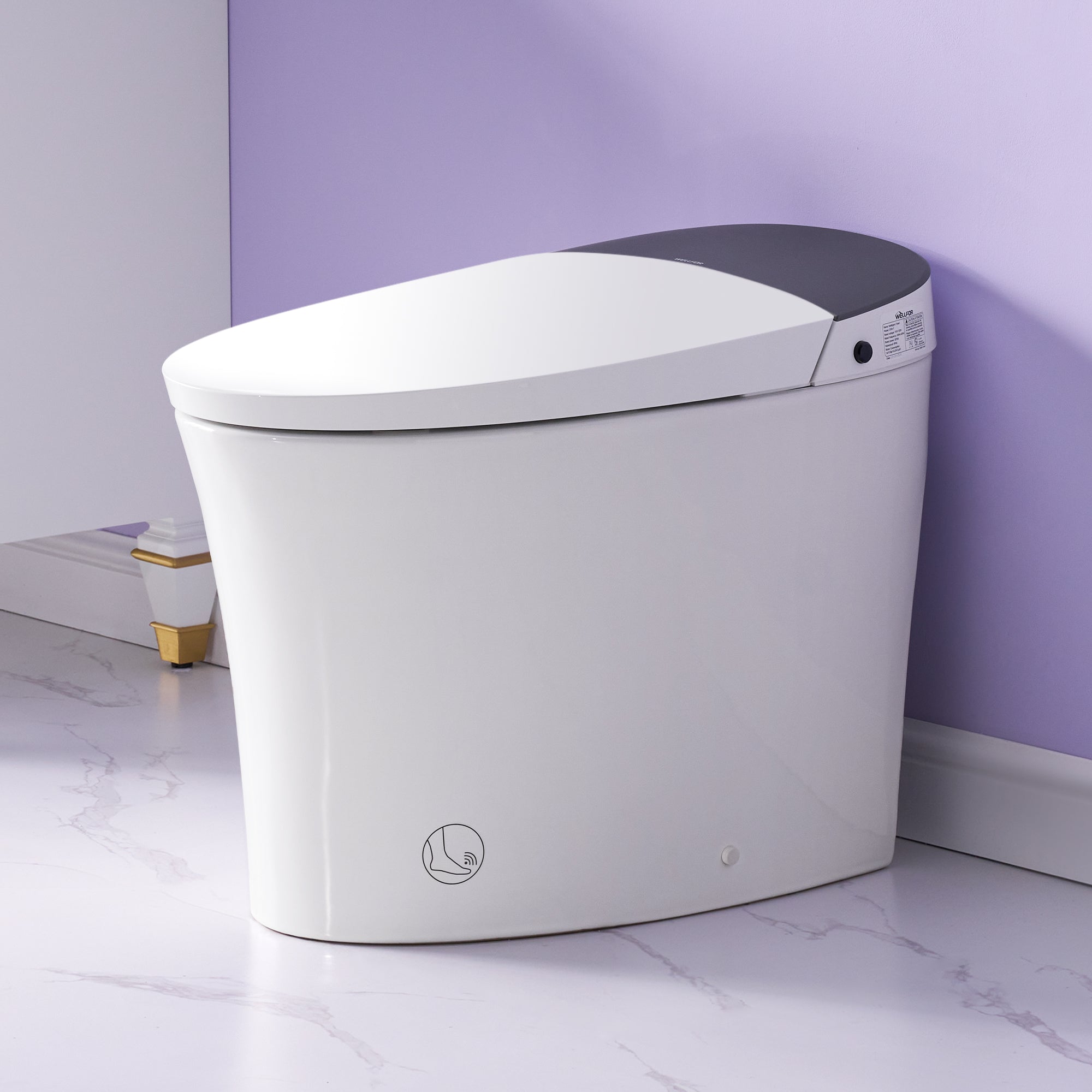
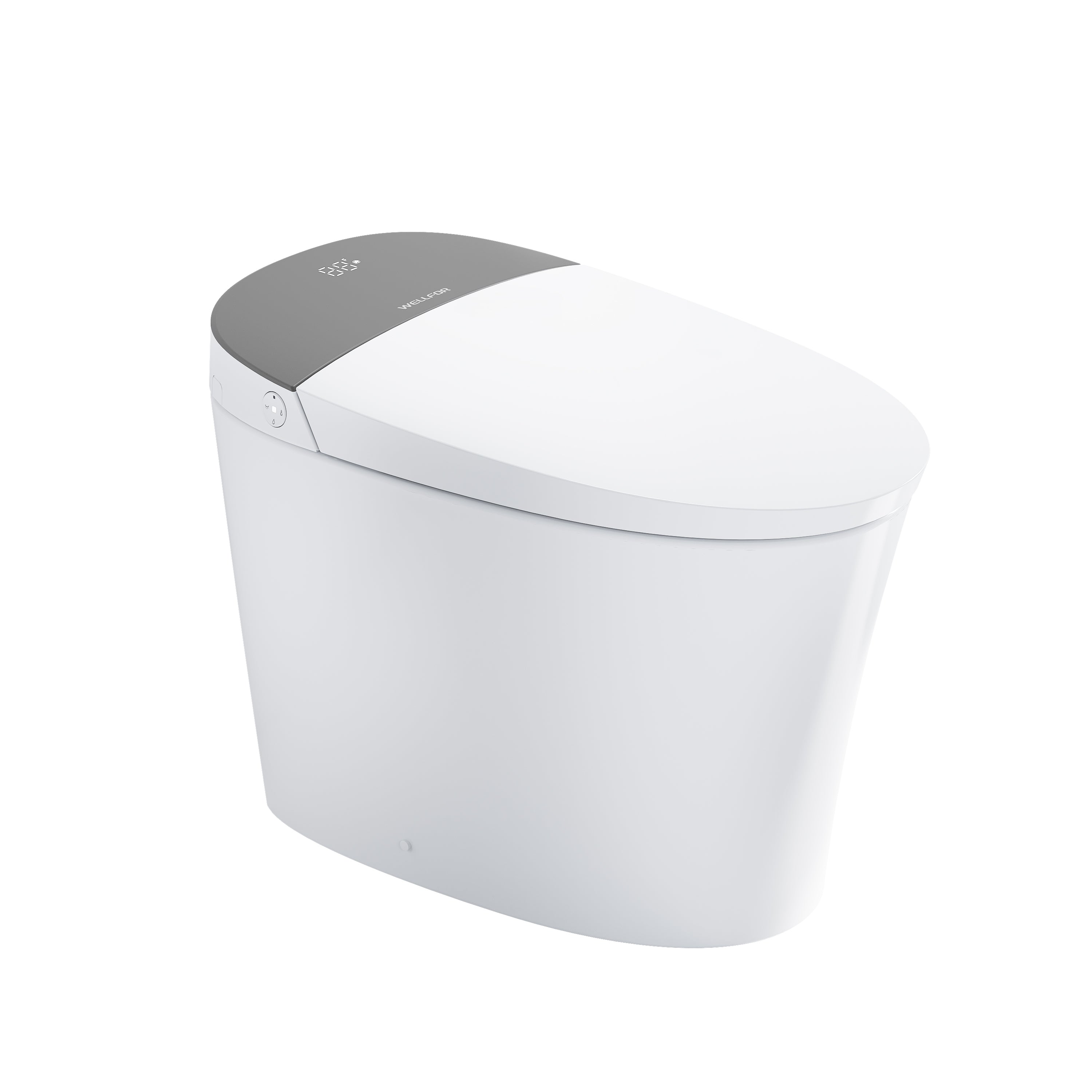

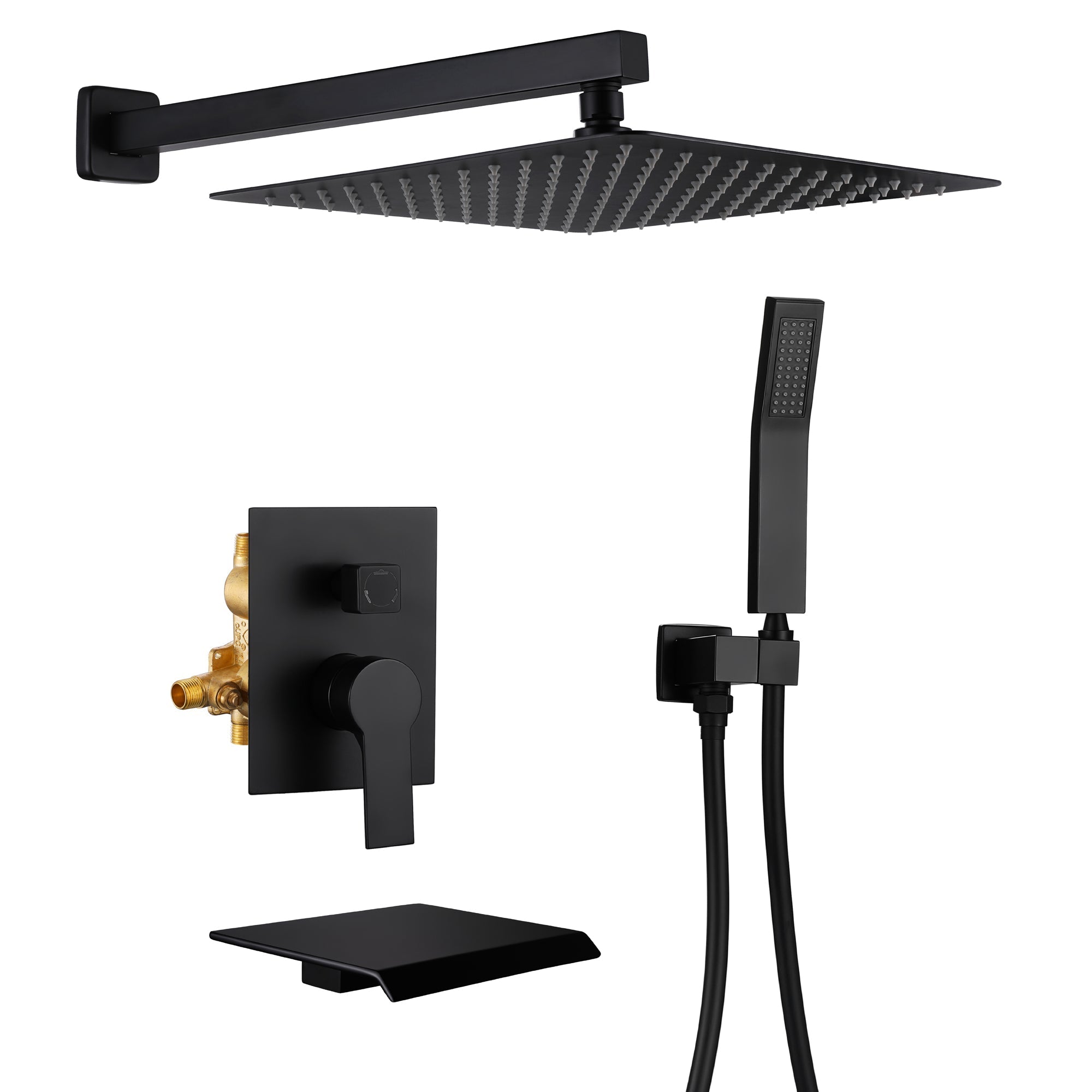
Leave a comment
This site is protected by hCaptcha and the hCaptcha Privacy Policy and Terms of Service apply.